Although the vast majority of the eyepatches I make are for people who need one for medical or cosmetic reasons, I do get asked for “Pirate” eyepatches with a skull and crossbones embossed, and am happy to do that. Another, only slightly less popular variant is the “Avengers” style.
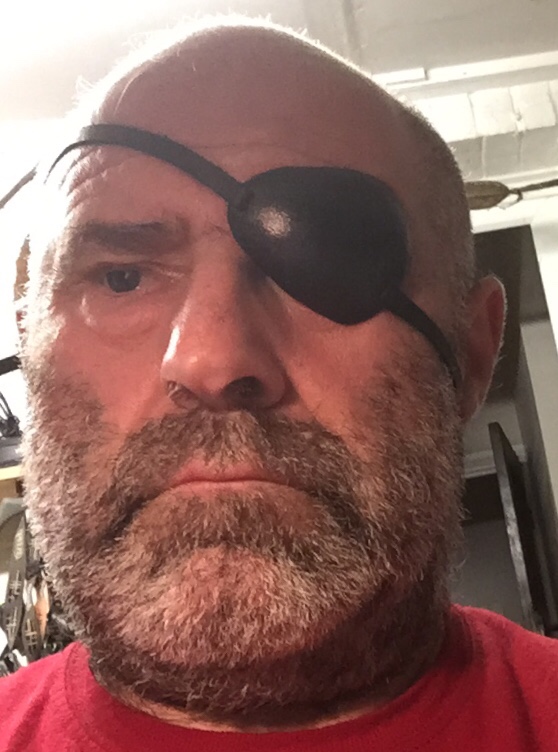
Now, it might be hard to believe but I had no idea that the MCU (google it) was even a thing. After watching one film to see the eyepatch style I became hooked and have since purchased every single “Avengers” film plus spin offs. So having blown any profit in that style of eyepatch I thought maybe I could re-coup some of the losses by adding it to the Etsy shop.
The eyepatch is loosely based on that worn by… but you know who I am talking about of course.
It is, however, a fully functional eyepatch, with a deep convex shape for comfortable wear and is made from 100% veg tanned leather, polished to a high gloss and completed with a leather strap and small buckle. As an eyepatch wearer myself, I do not like buckles, either too loose or too tight but, hey, you can not argue with Hollywood.
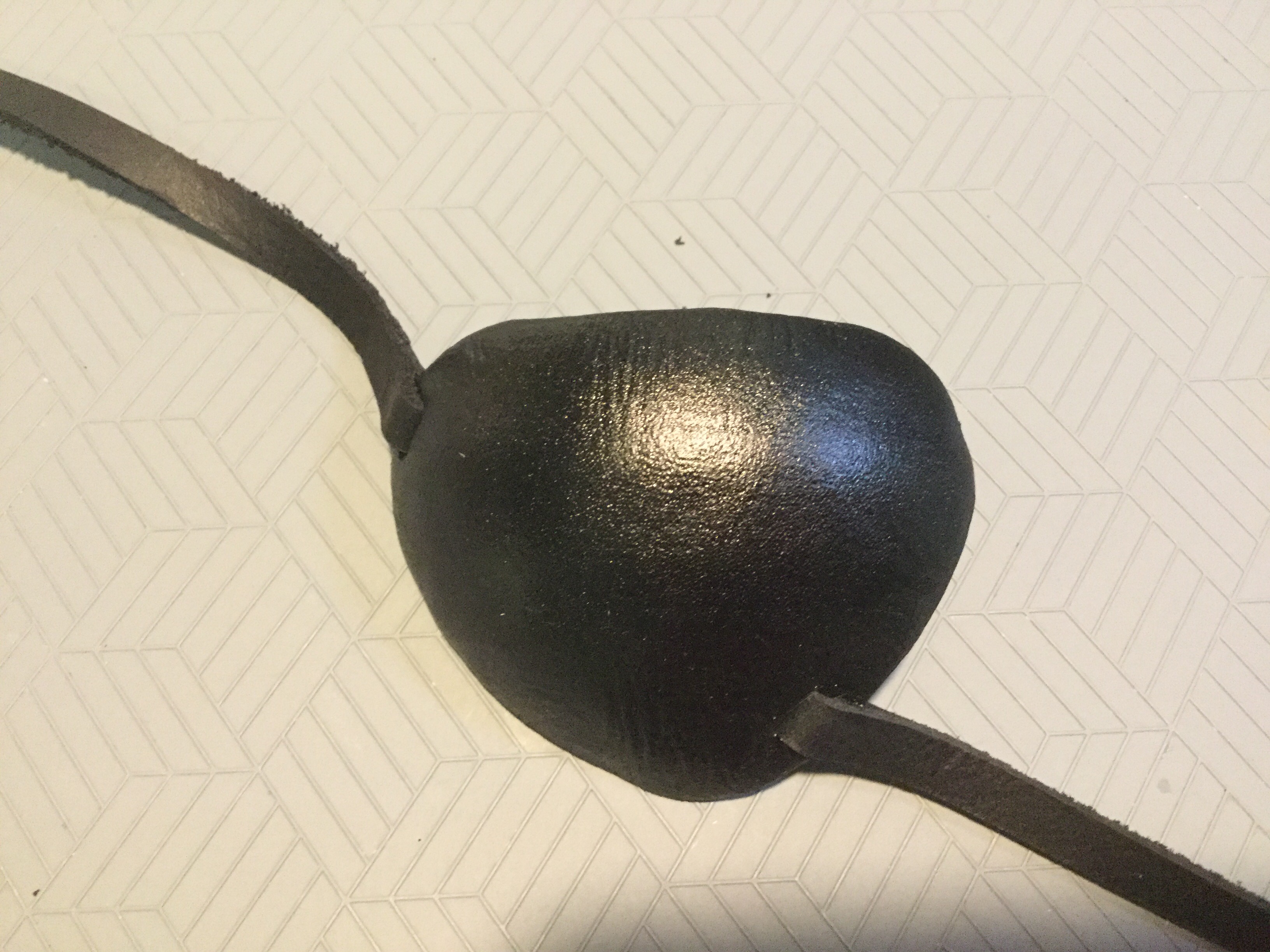
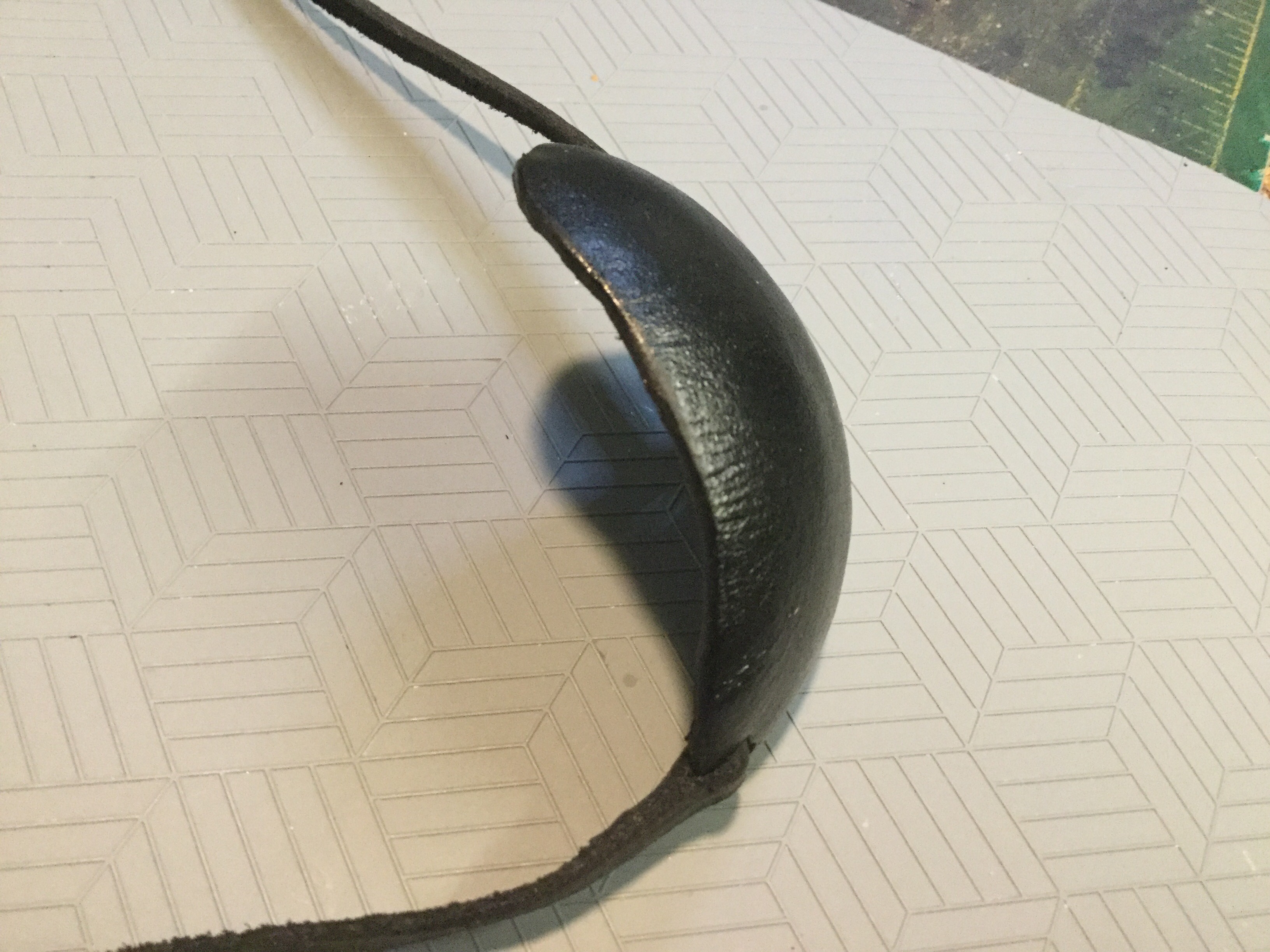
If there is a particular style of eyepatch you fancy, drop me a line. Who knows there might be another movie franchise I have not discovered😄

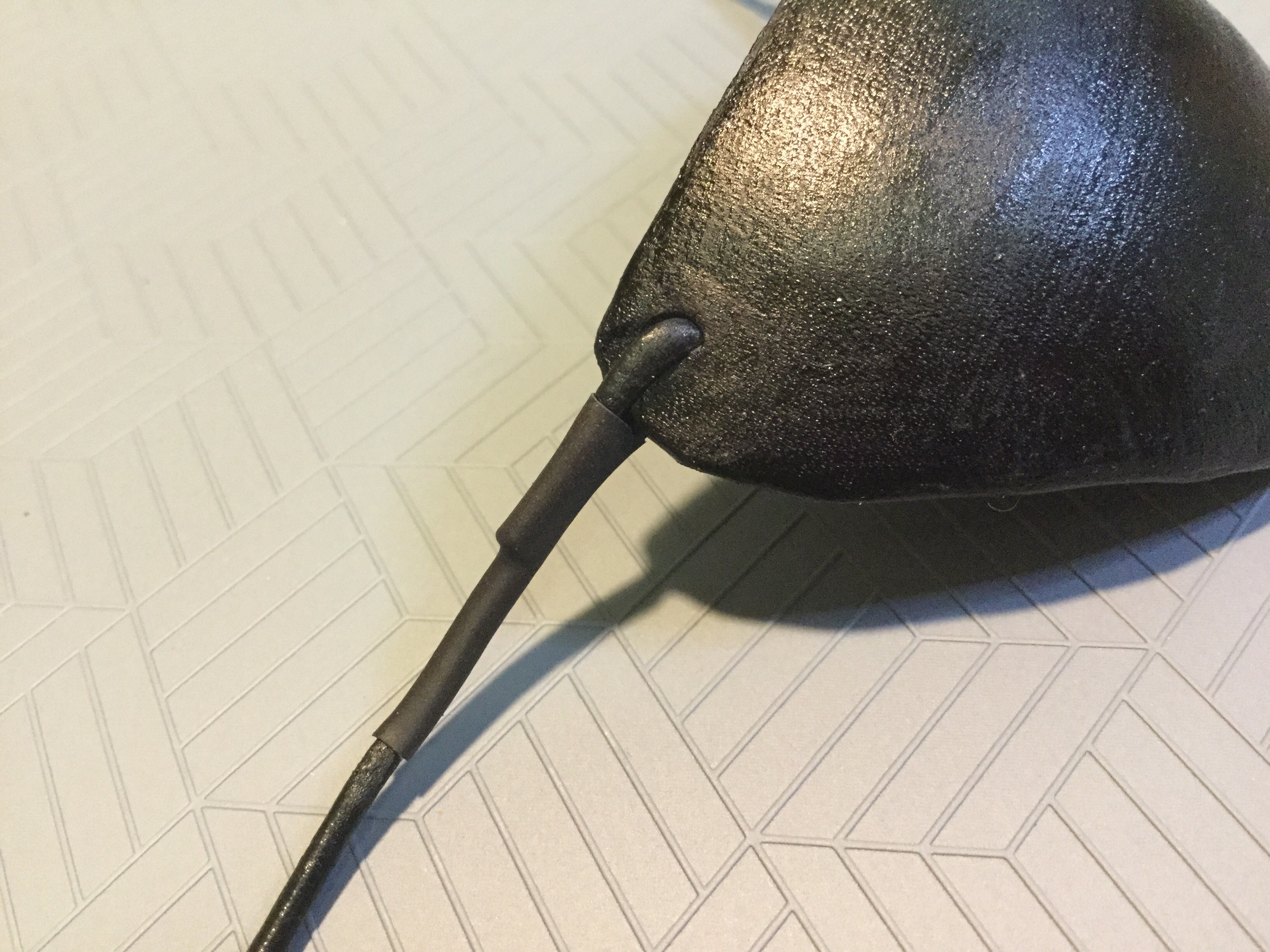
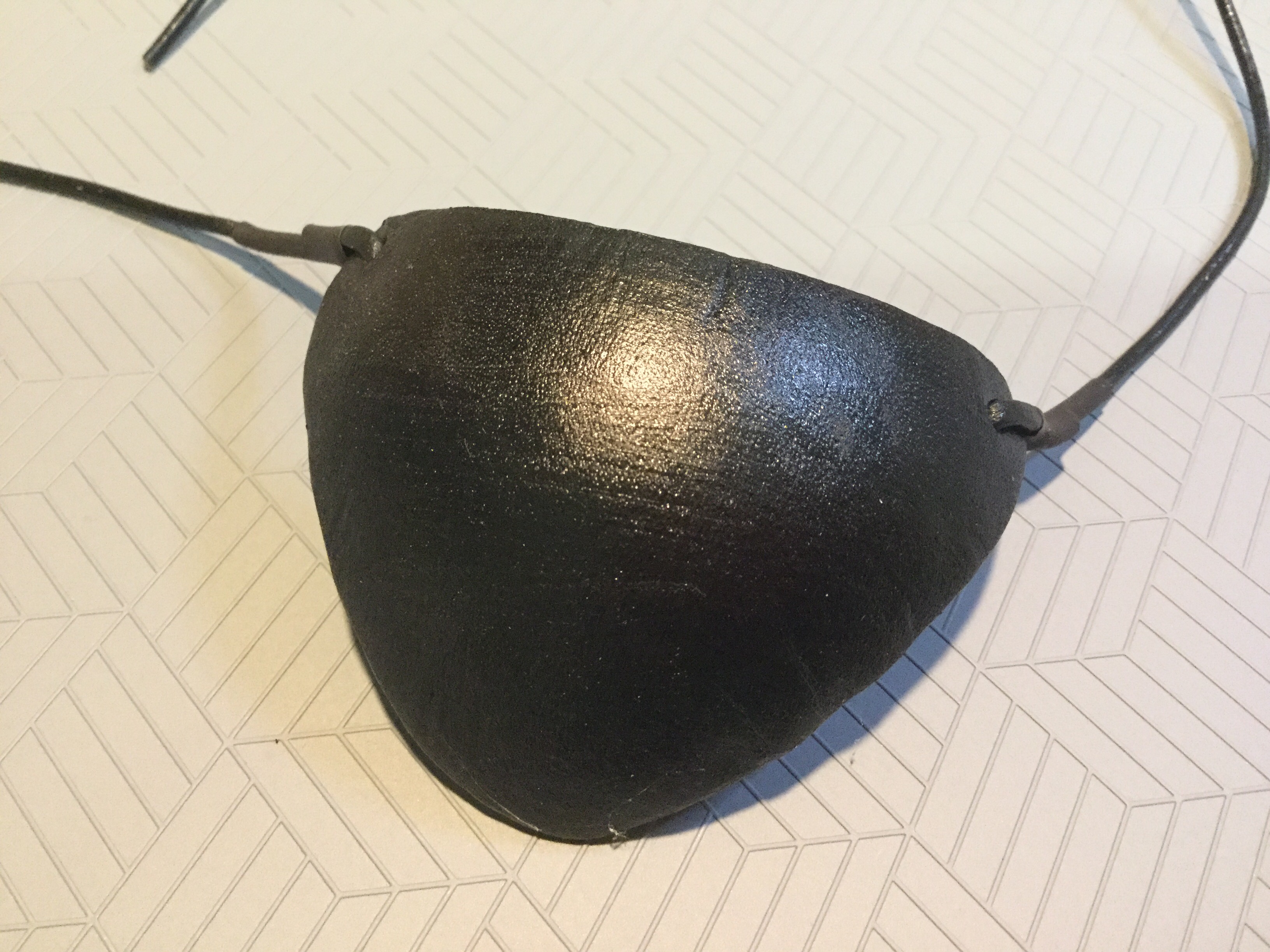
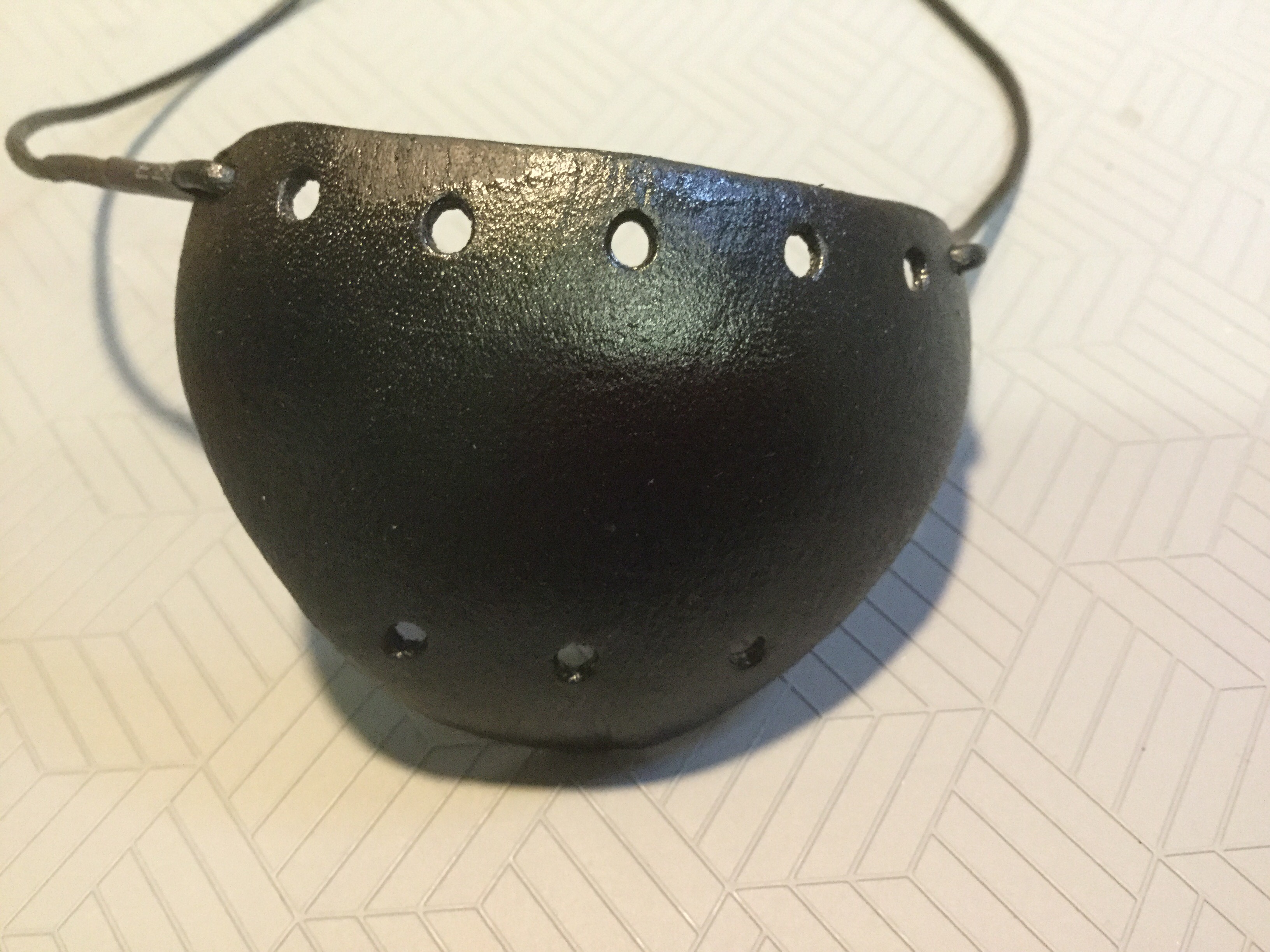
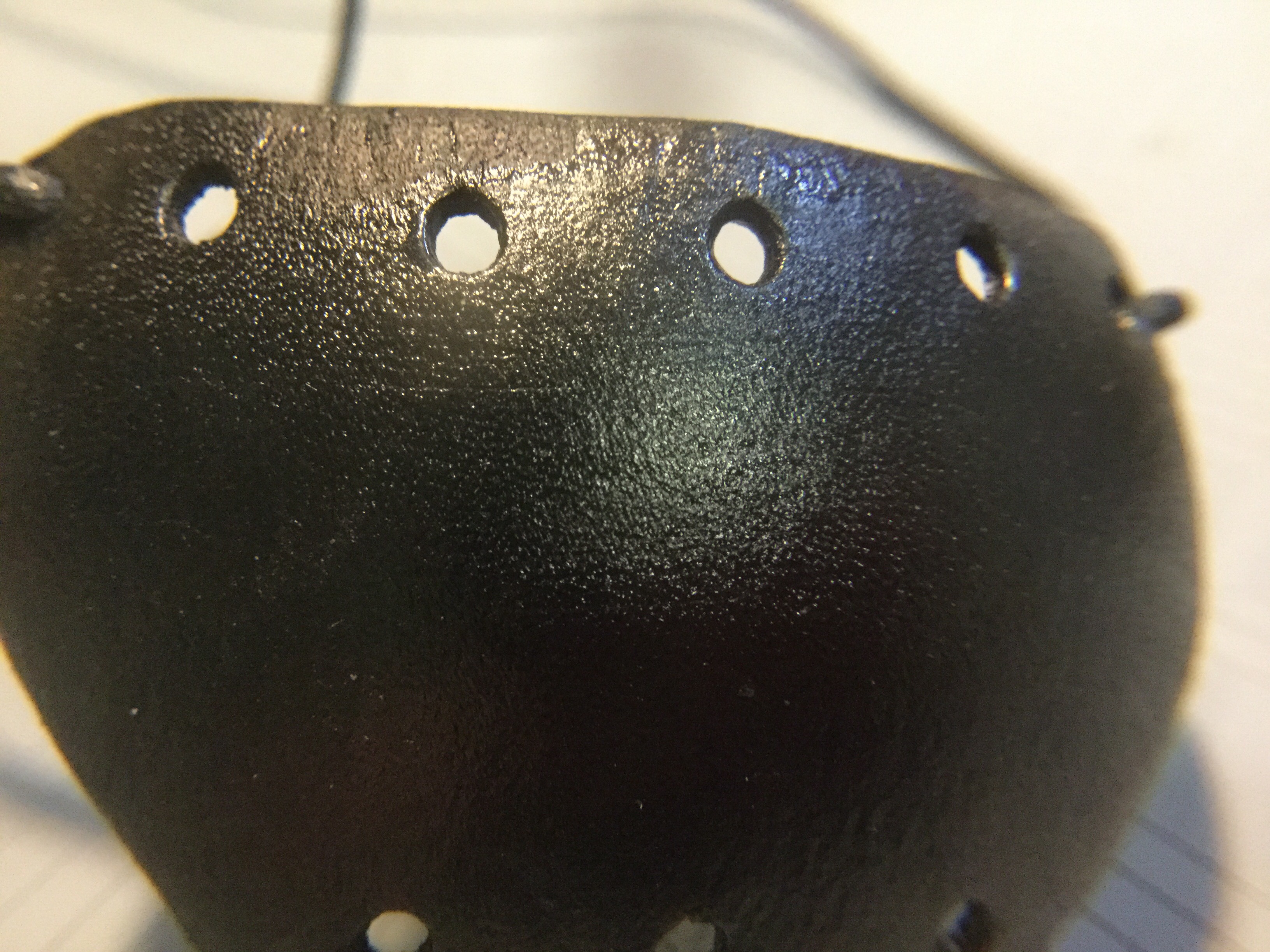
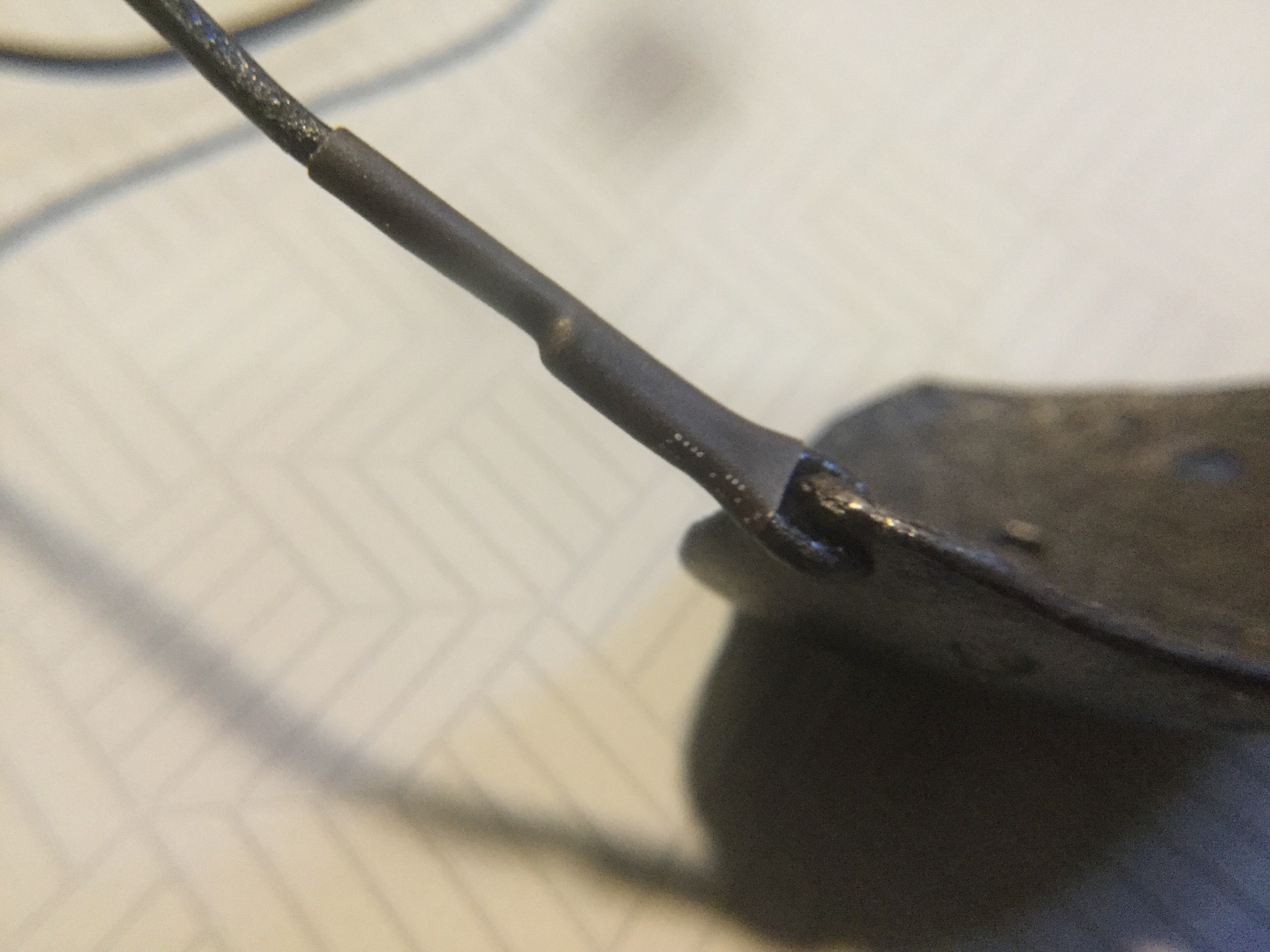
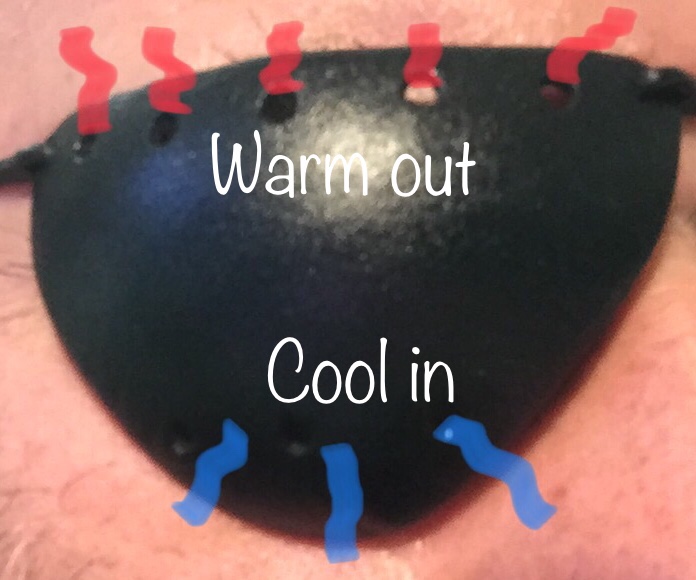
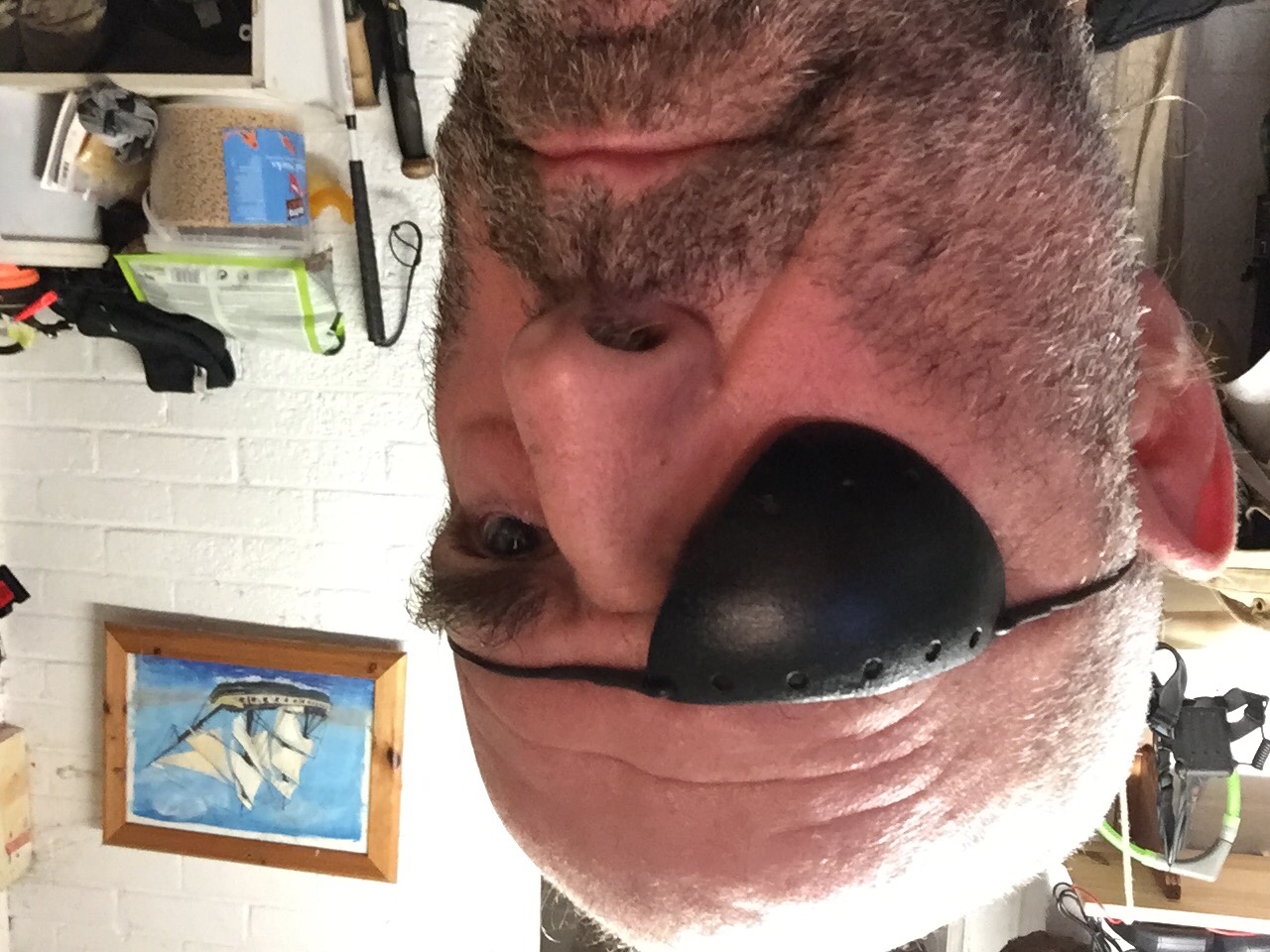
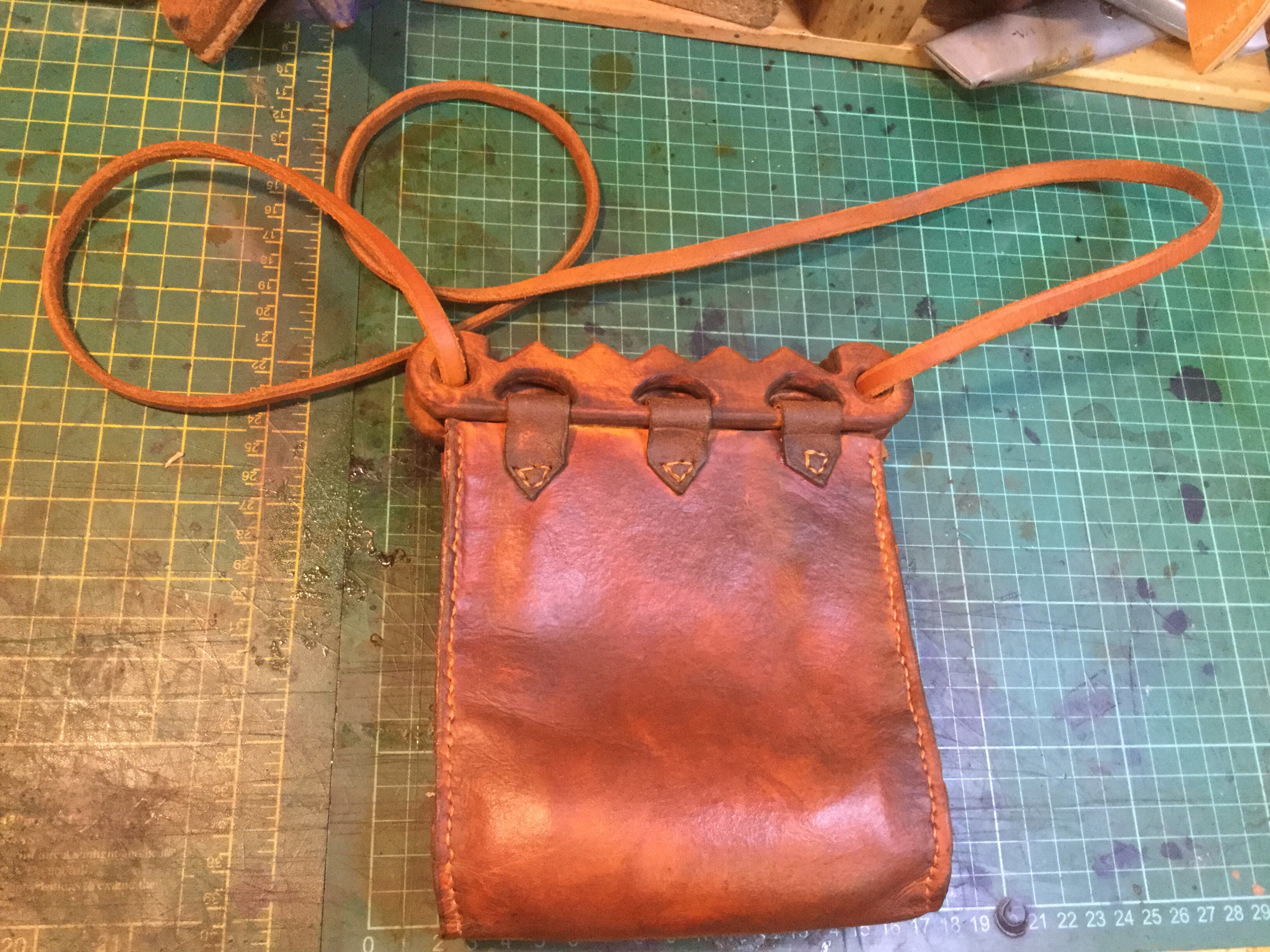
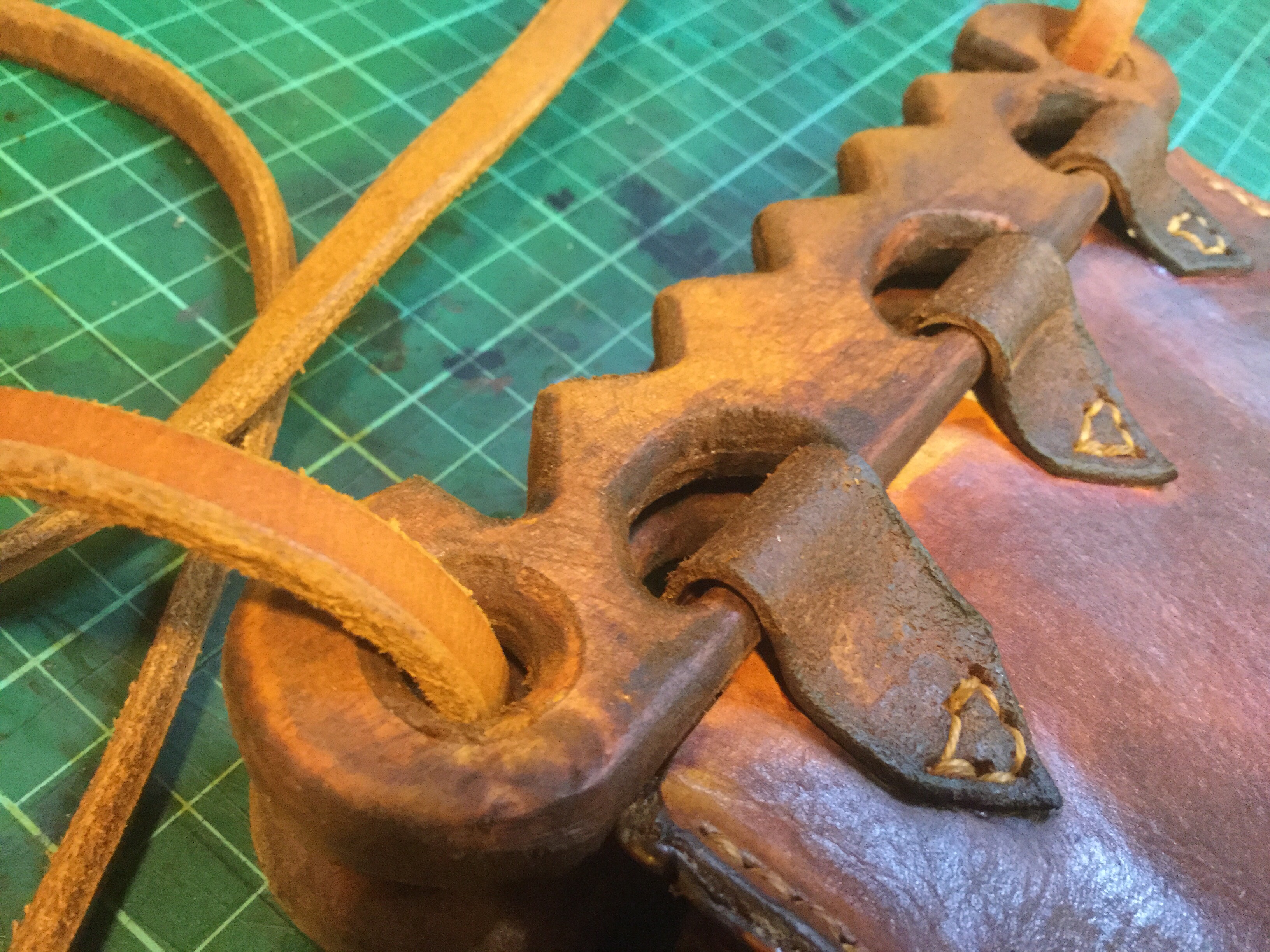
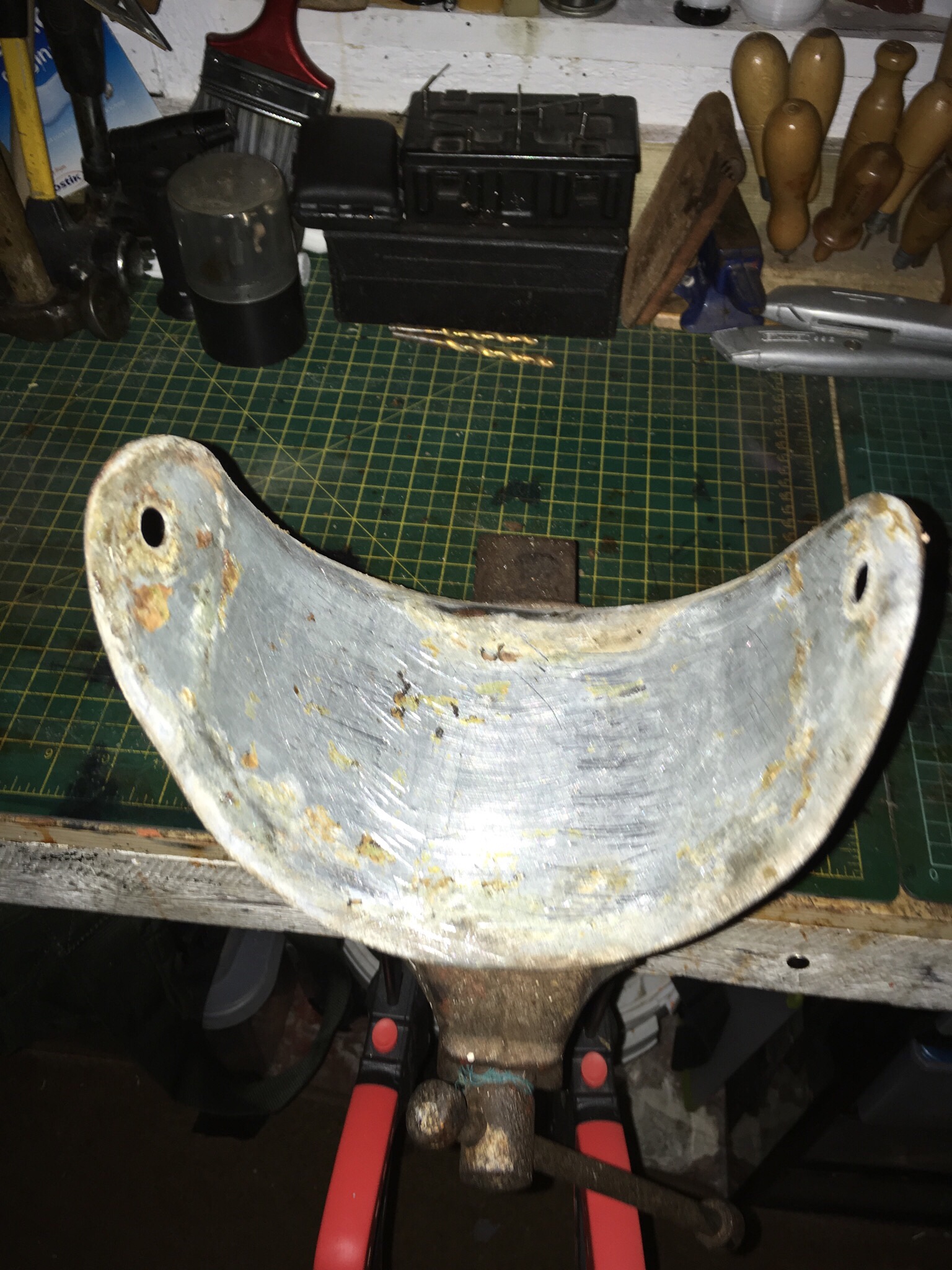
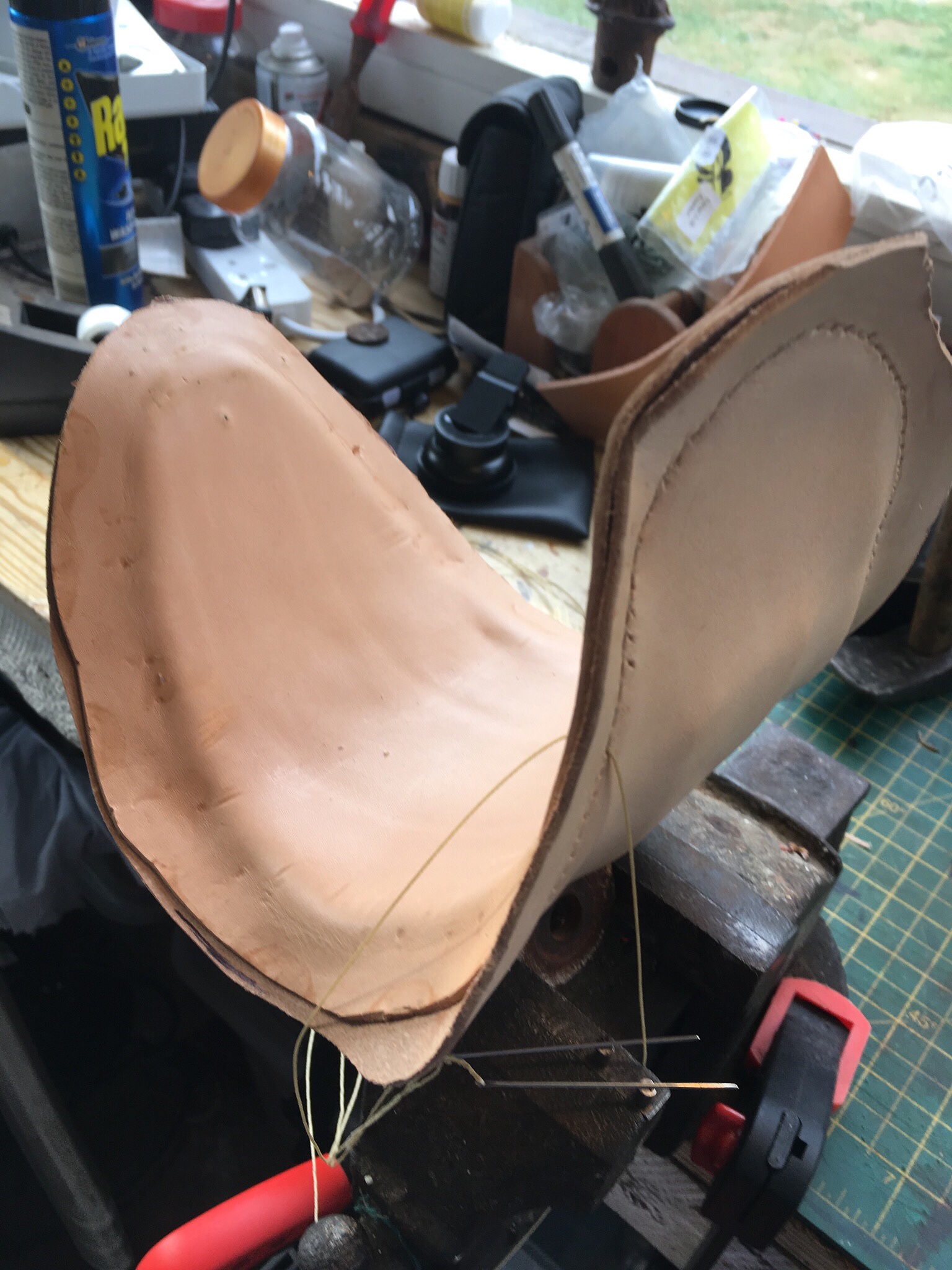
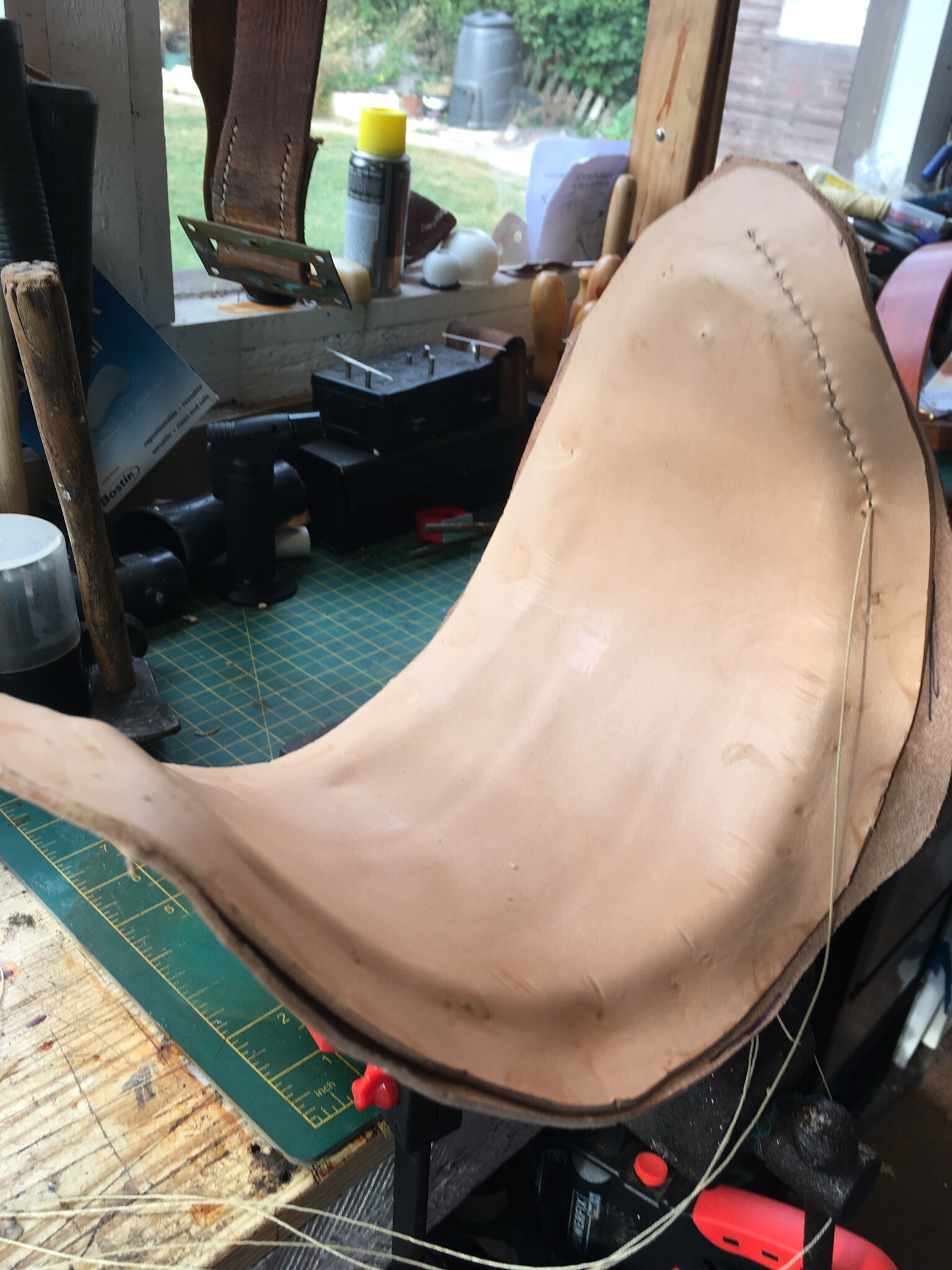
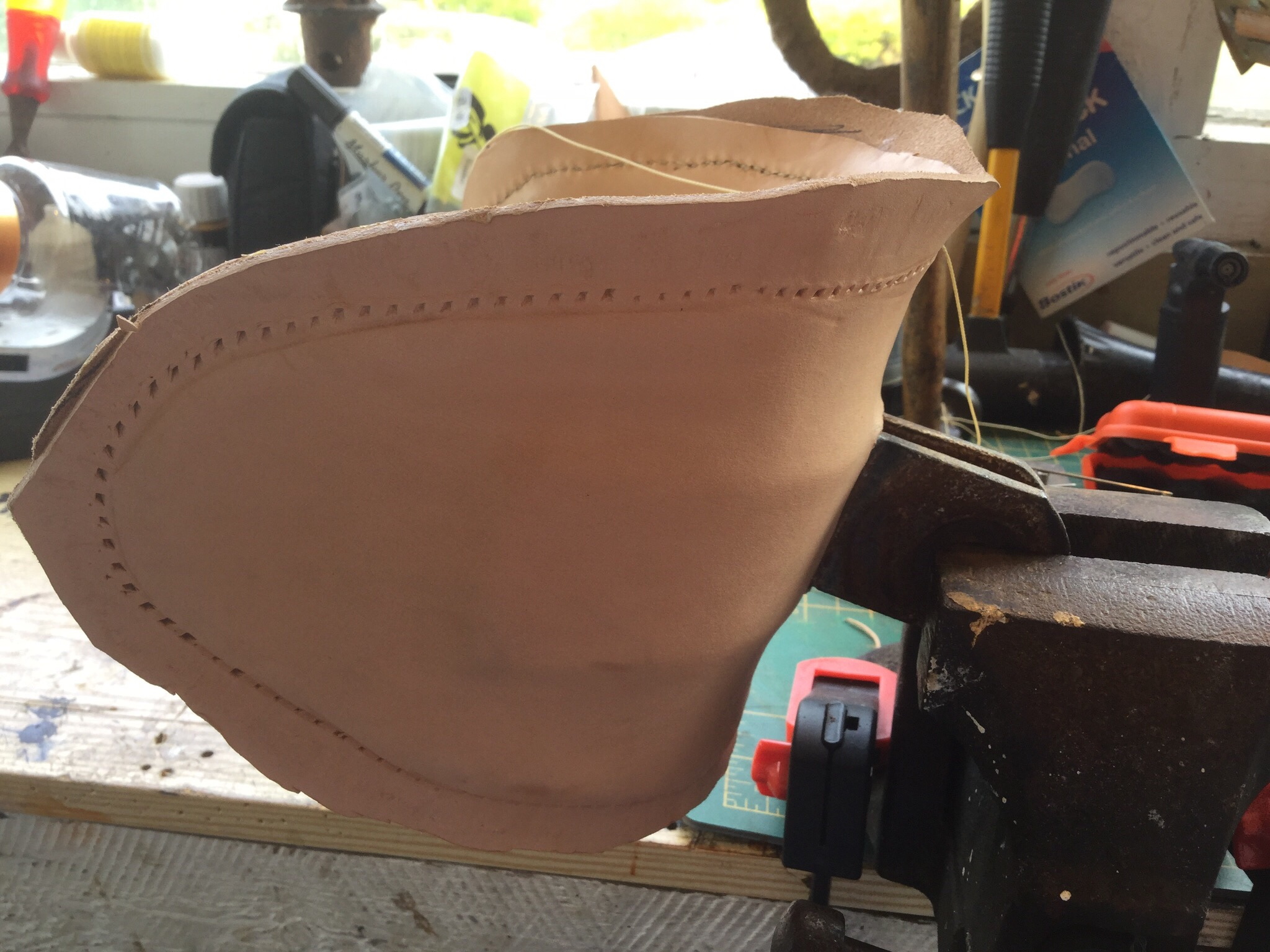
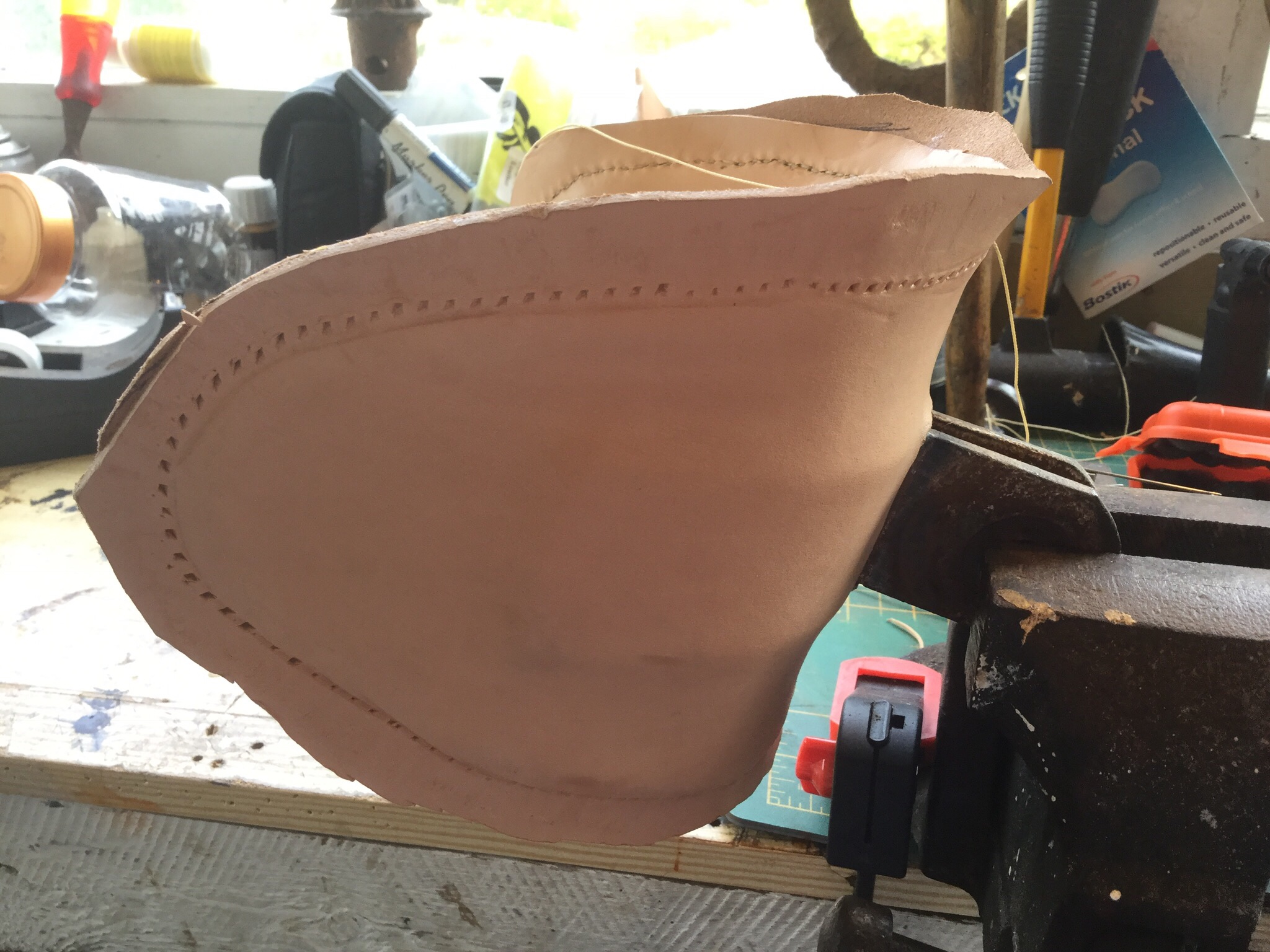
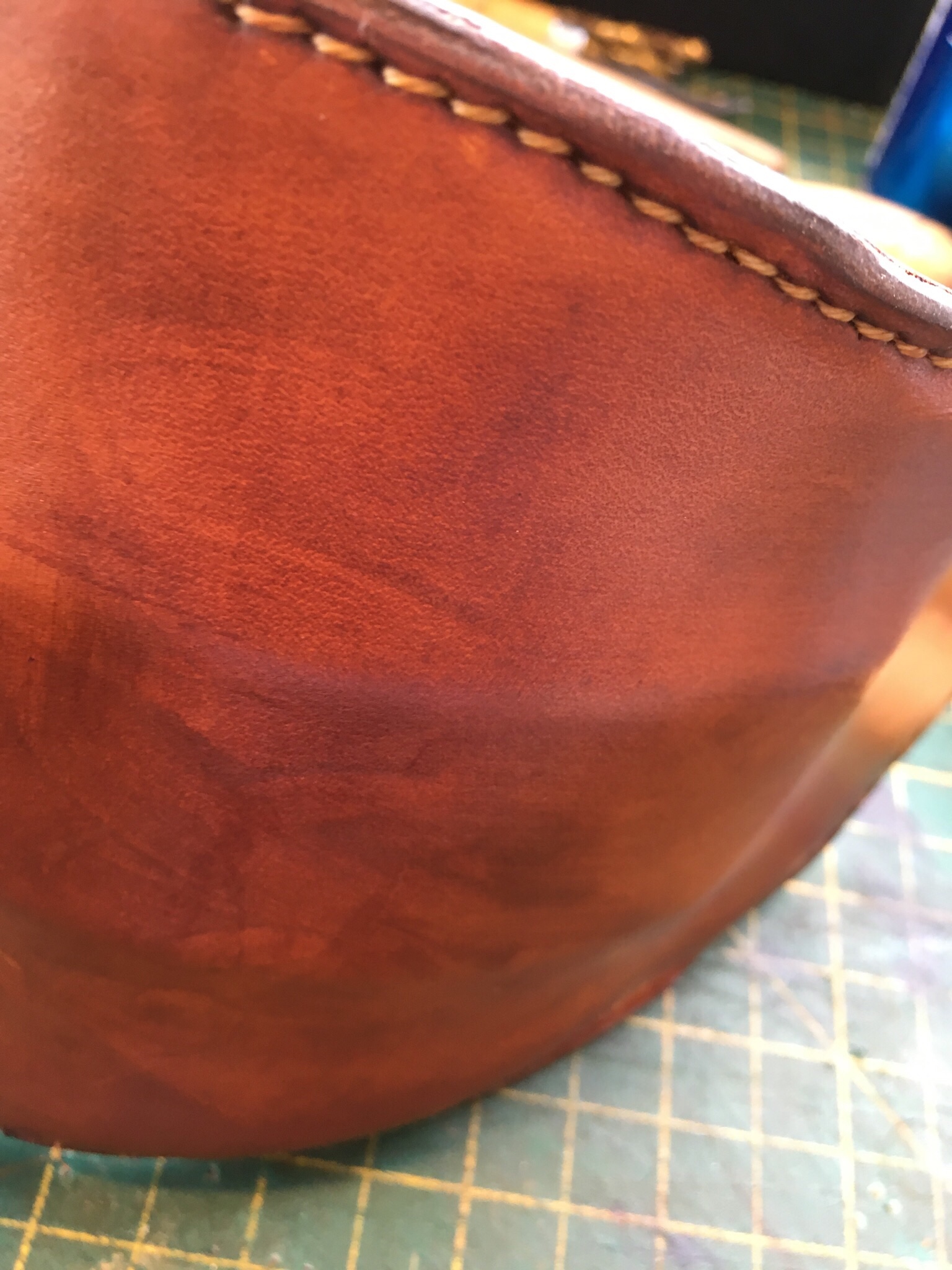
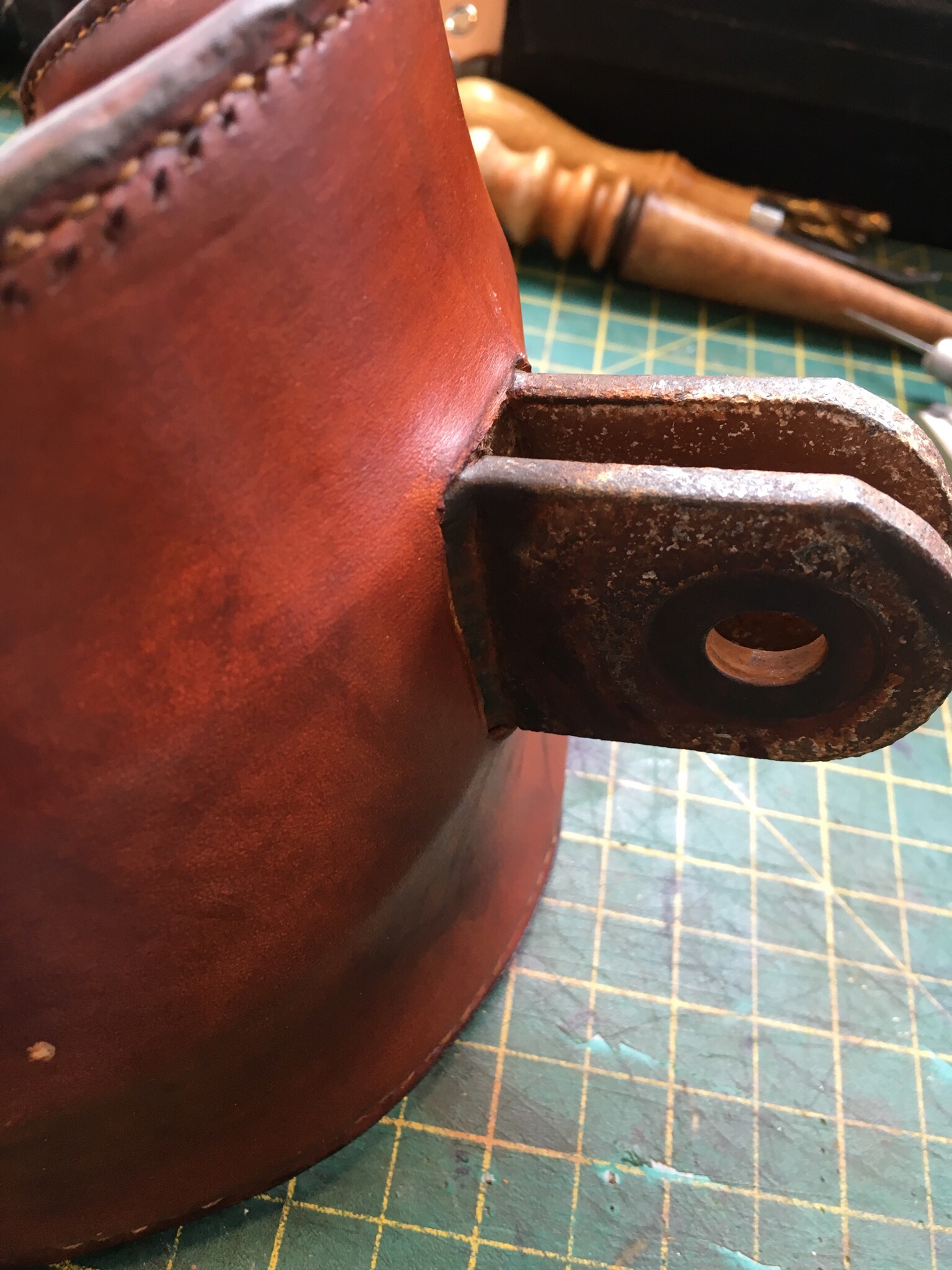
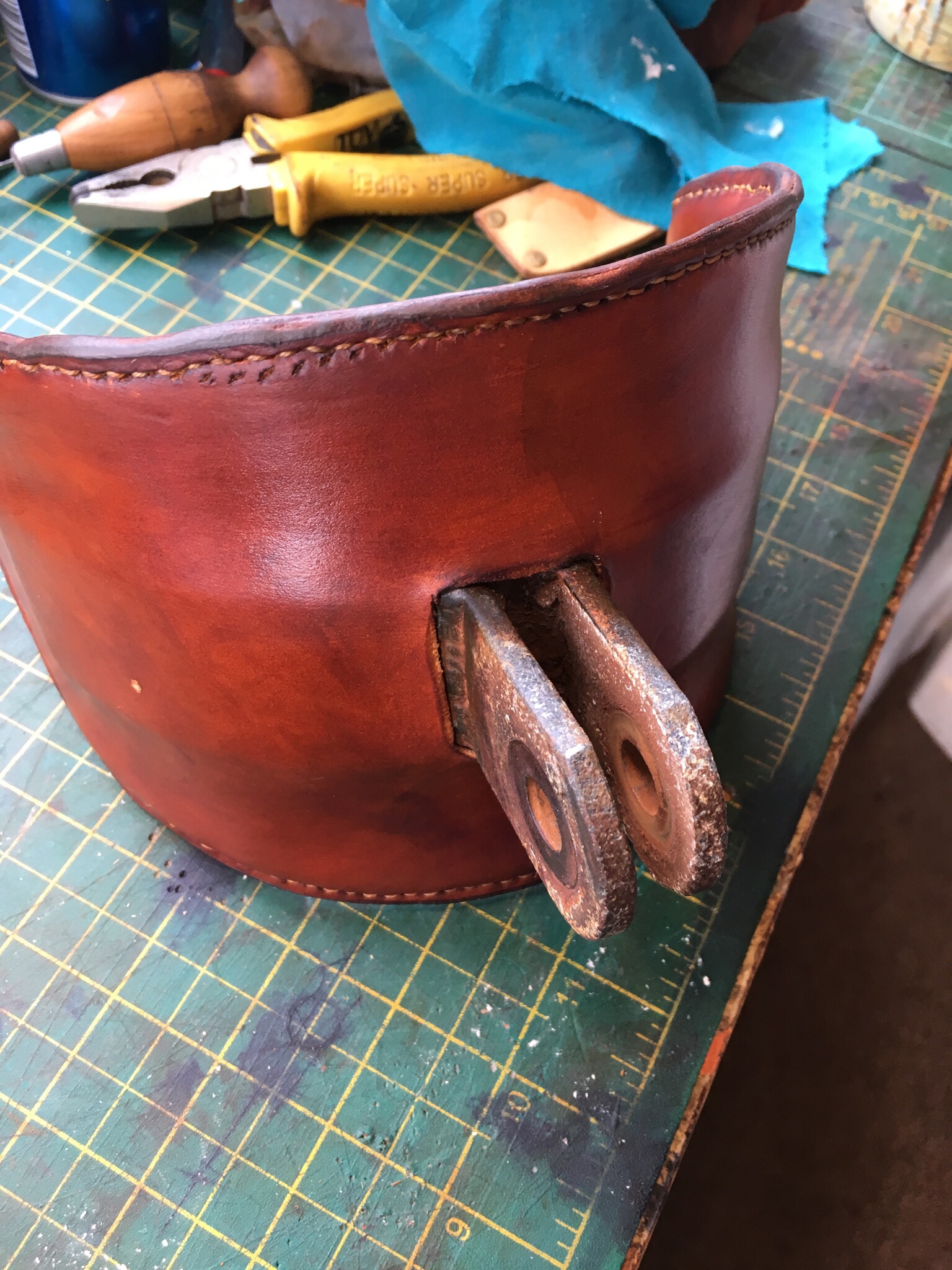
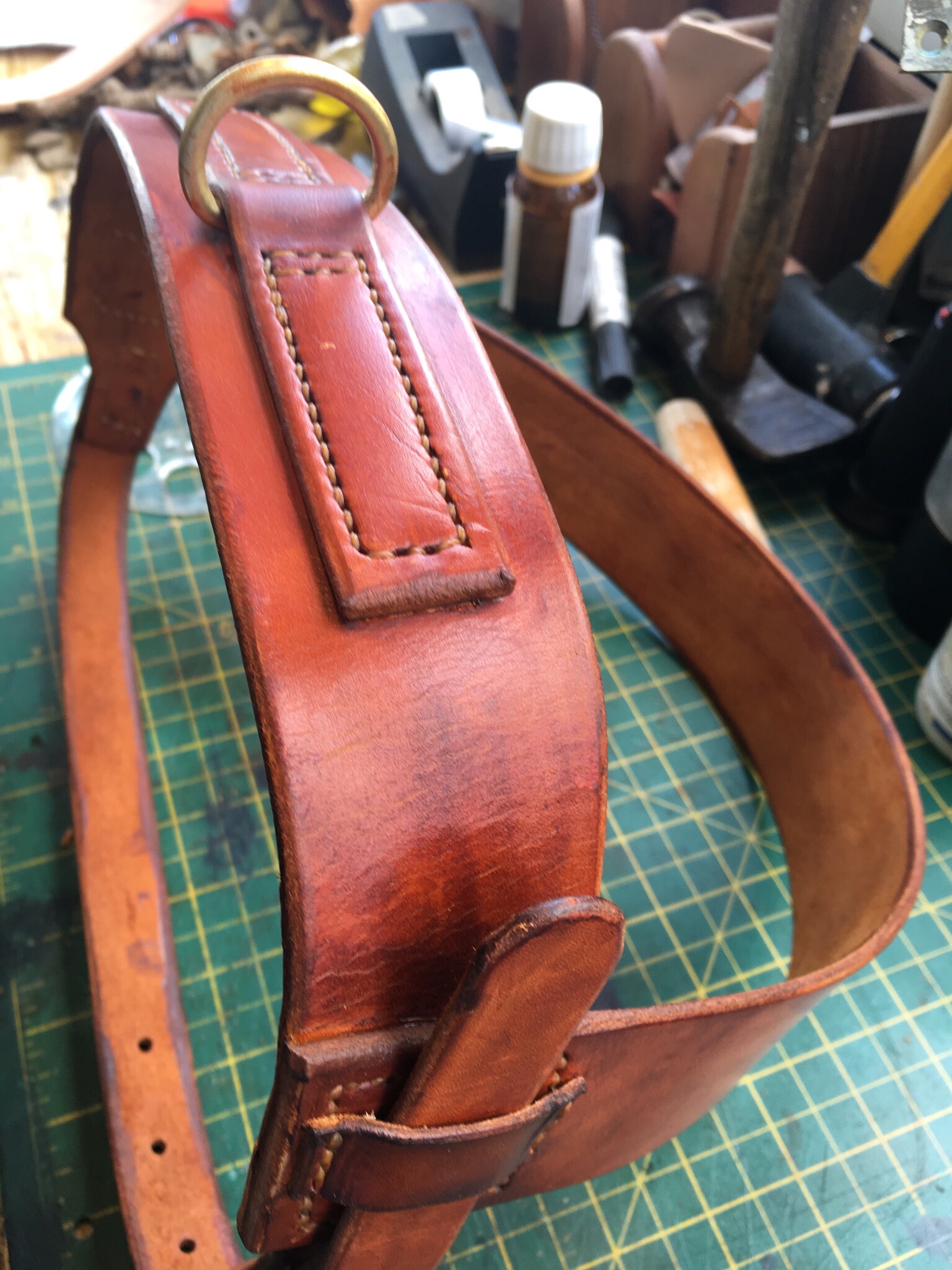
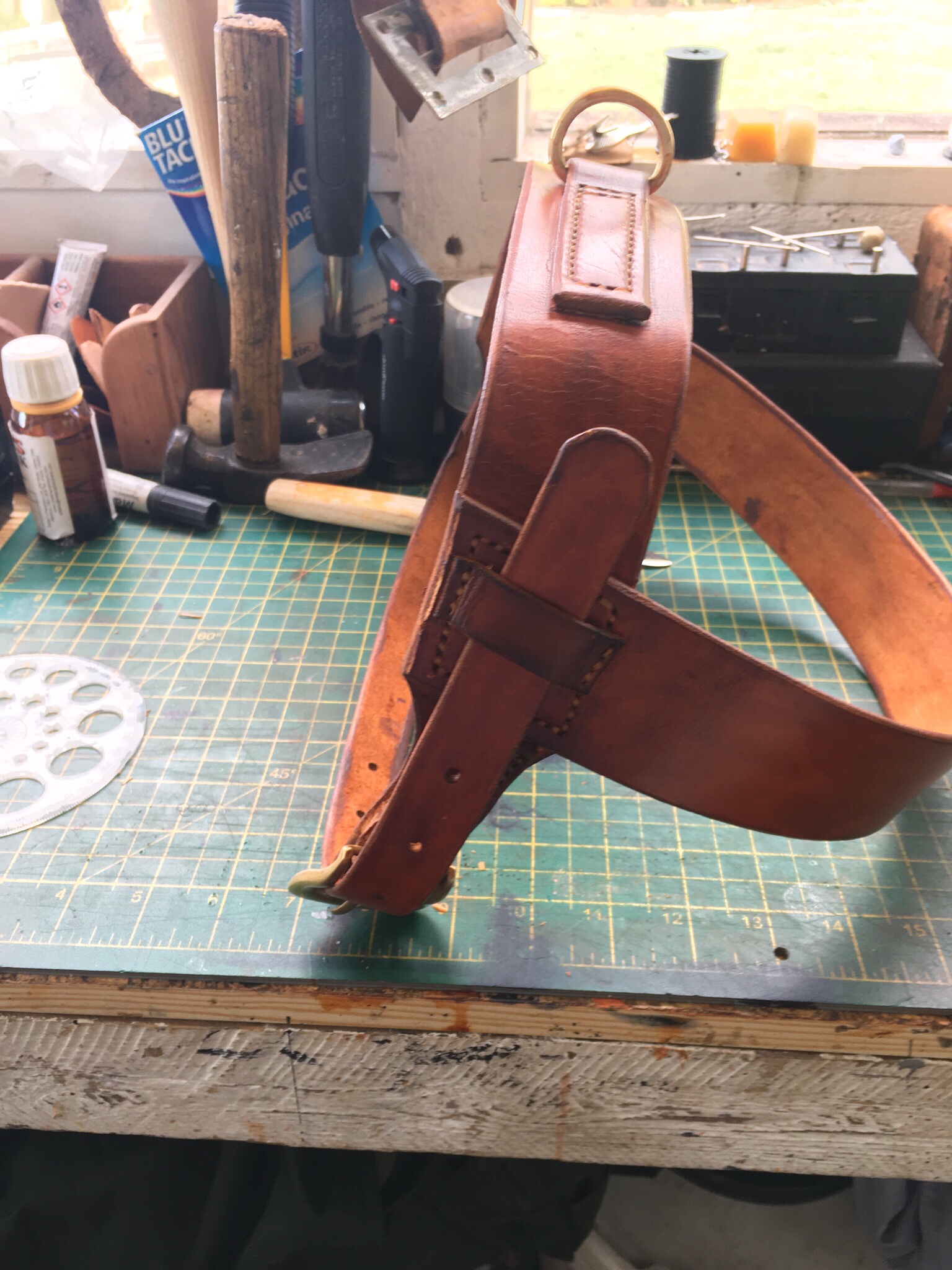
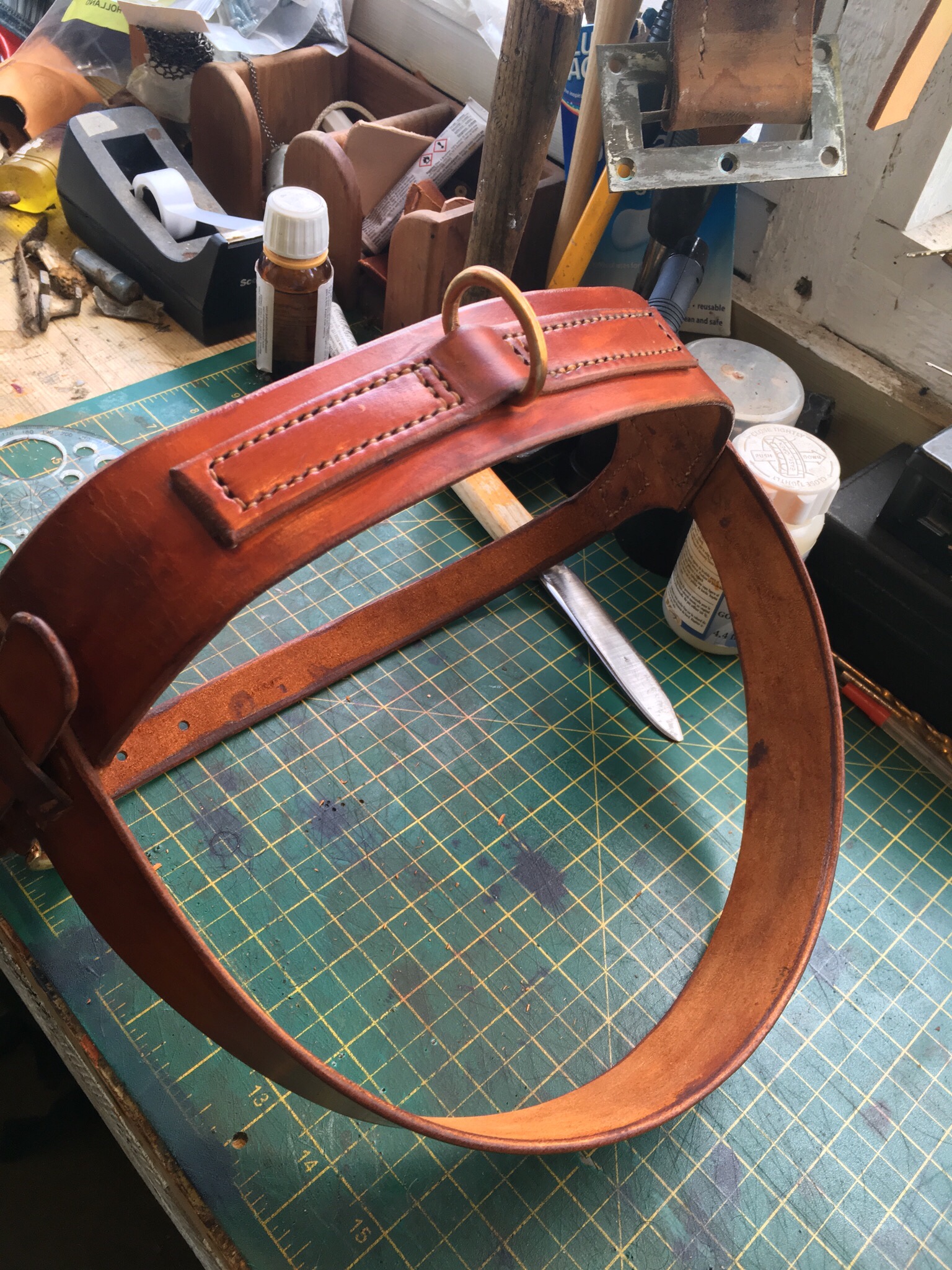
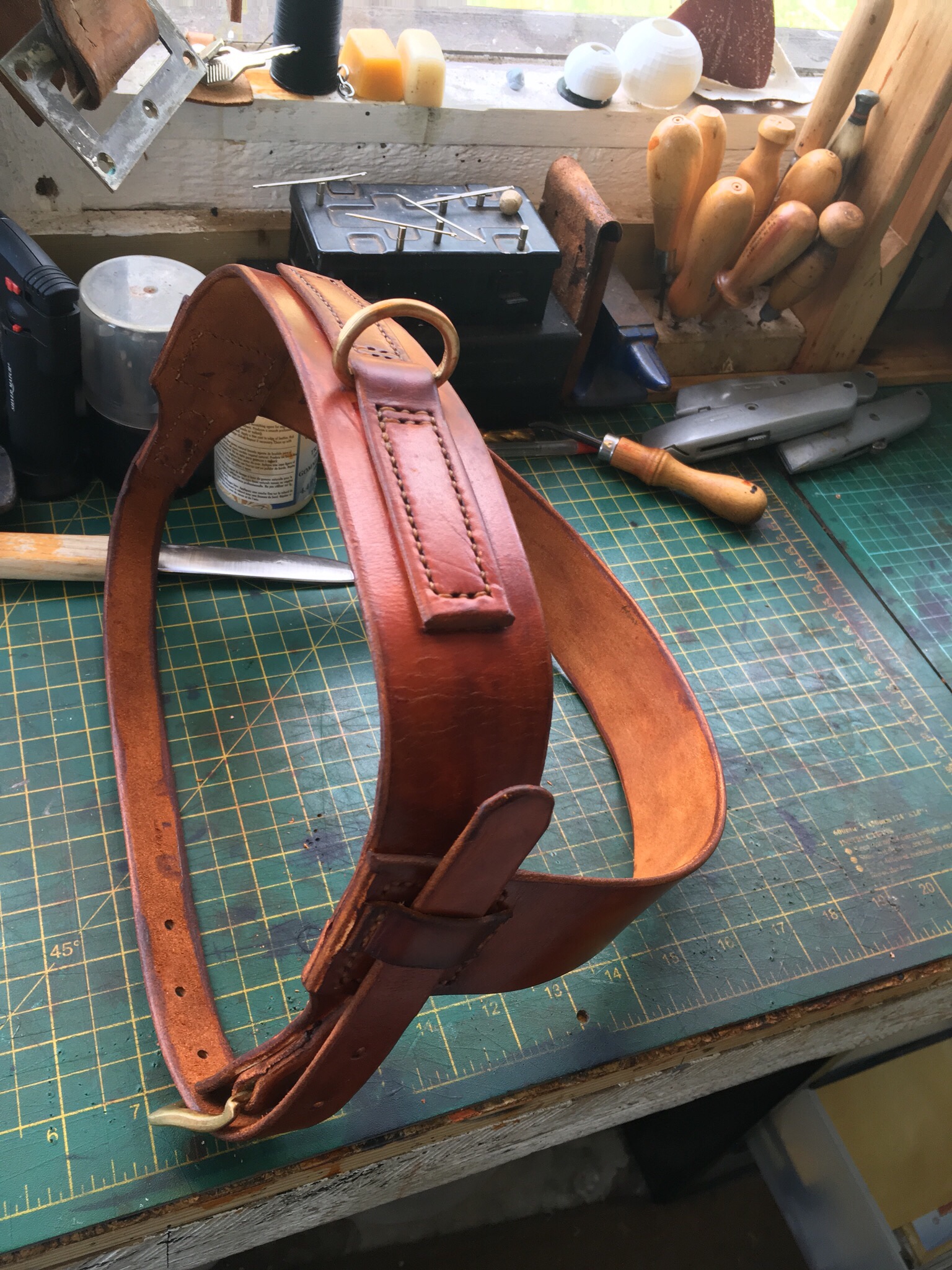

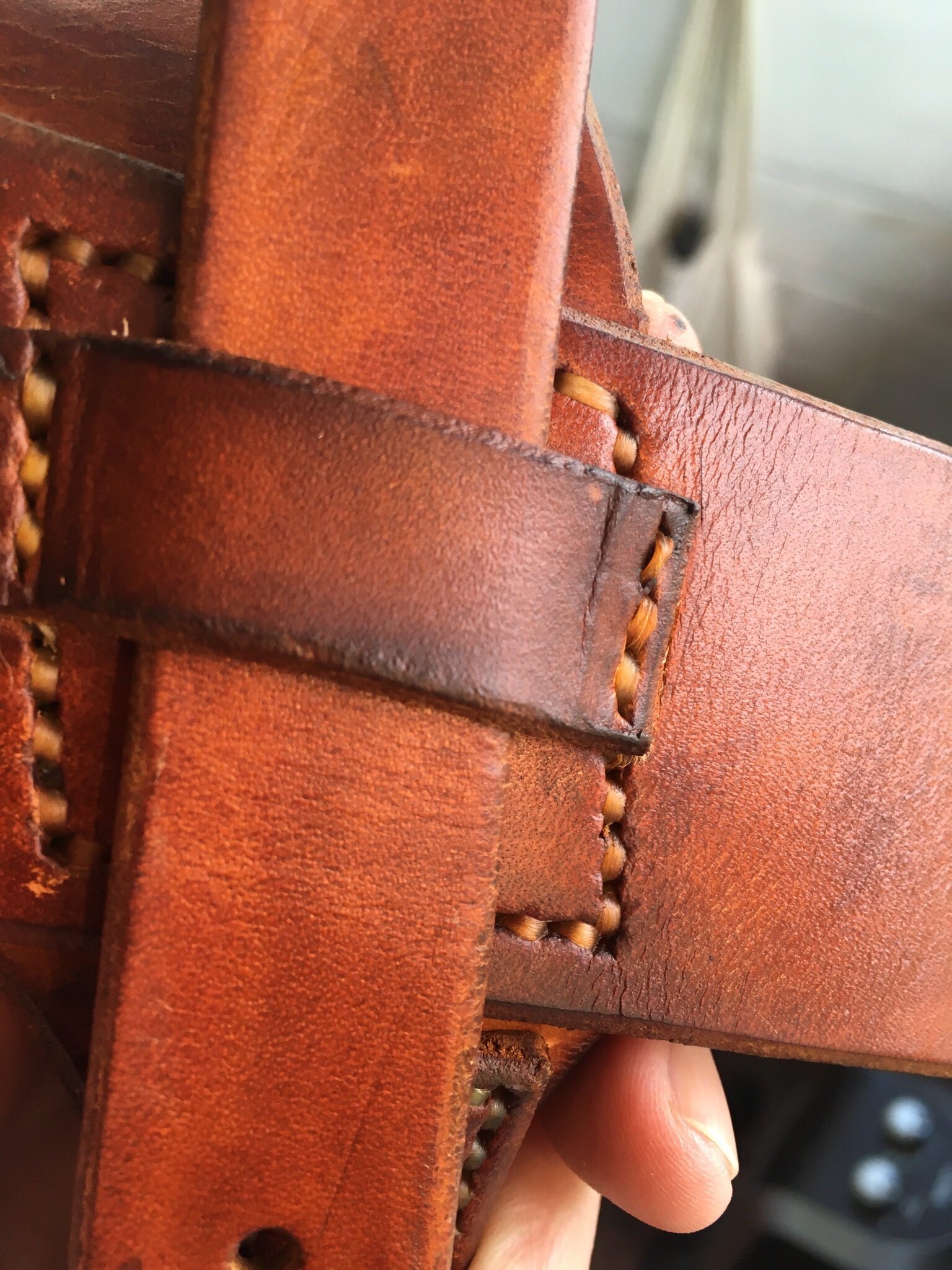
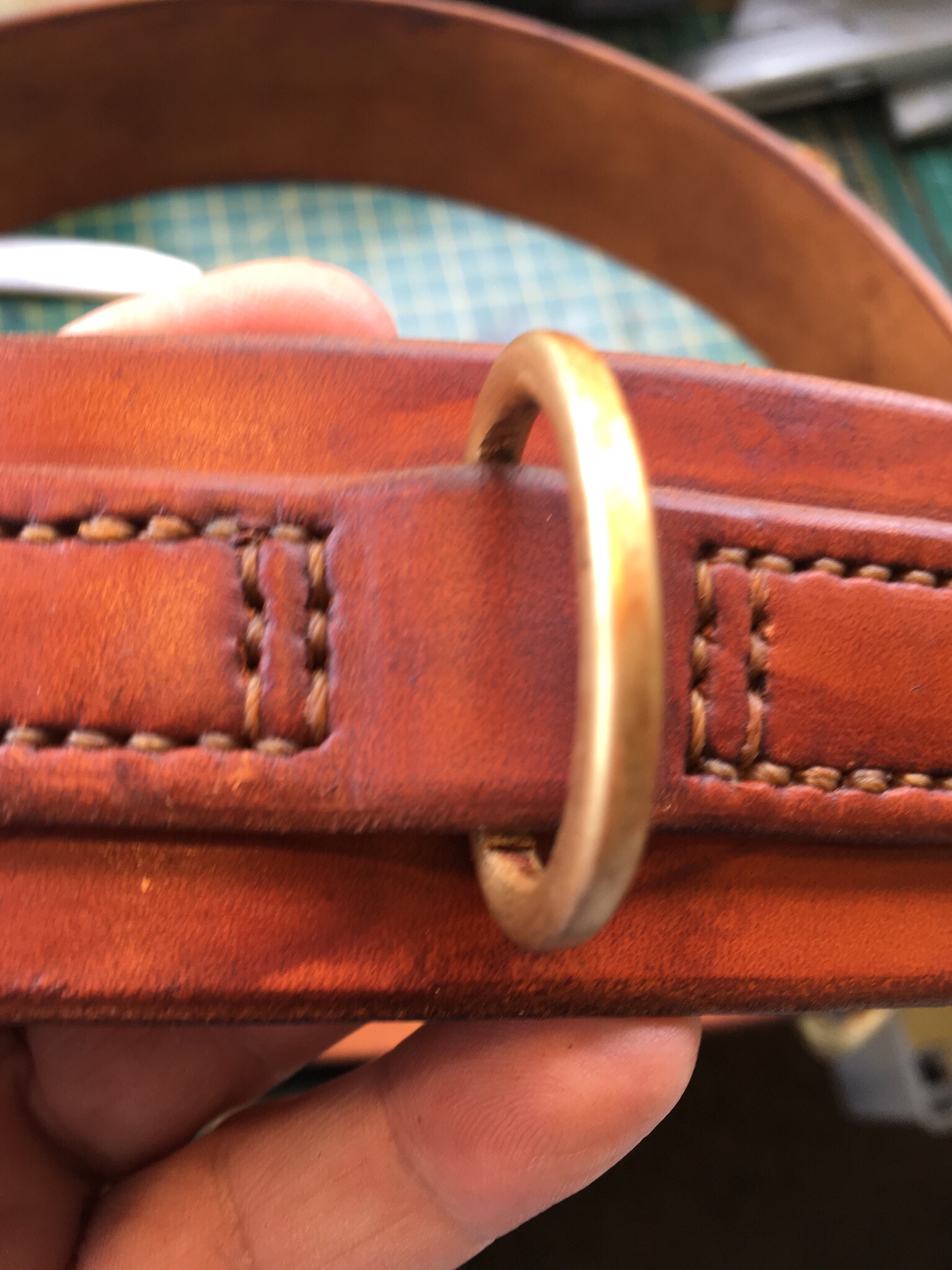
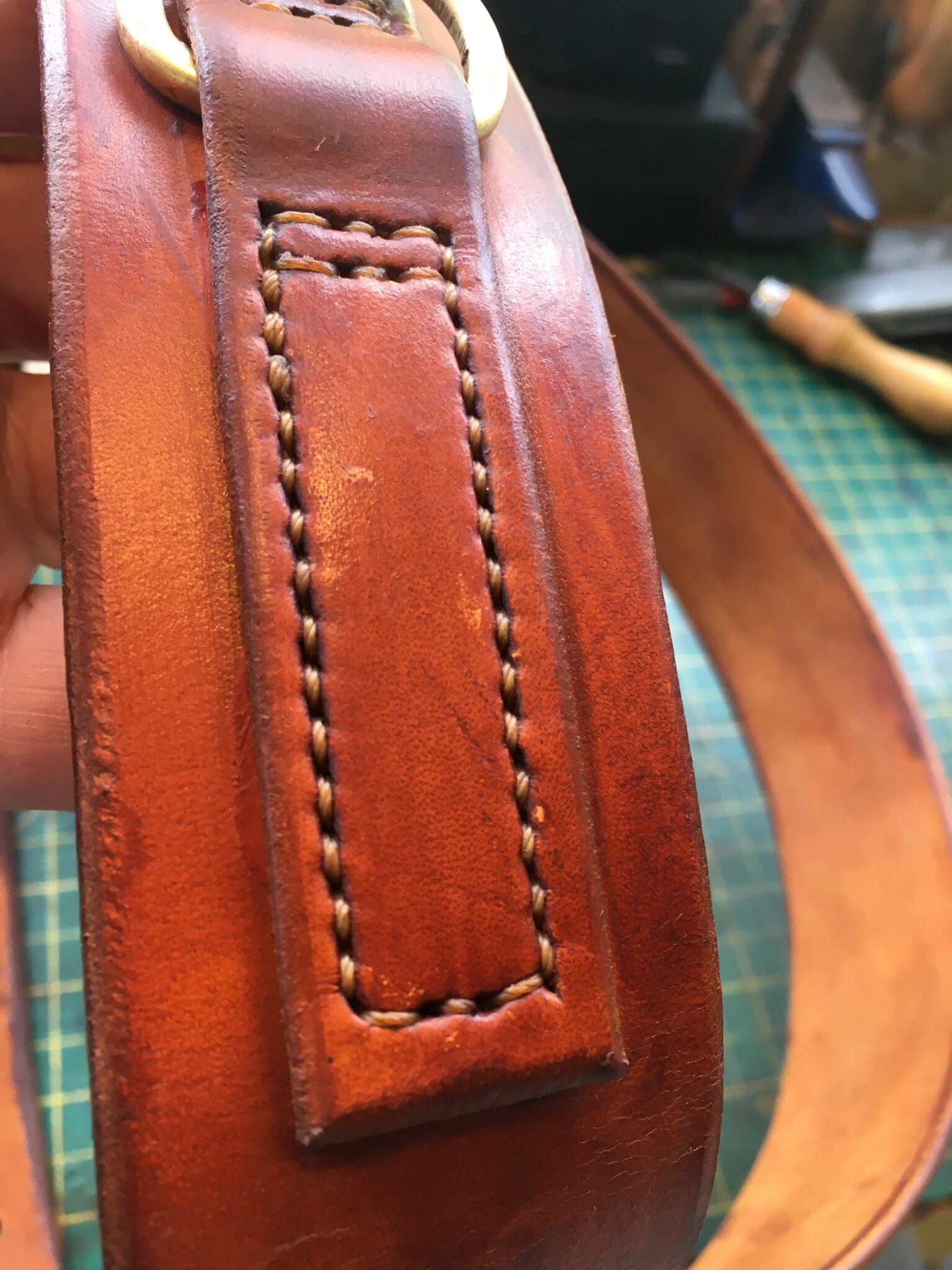 Being part of Regia Anglorum he has to be very careful when it comes to matters of authenticity. There were simply no plain, simple, dog harnesses about.
Being part of Regia Anglorum he has to be very careful when it comes to matters of authenticity. There were simply no plain, simple, dog harnesses about.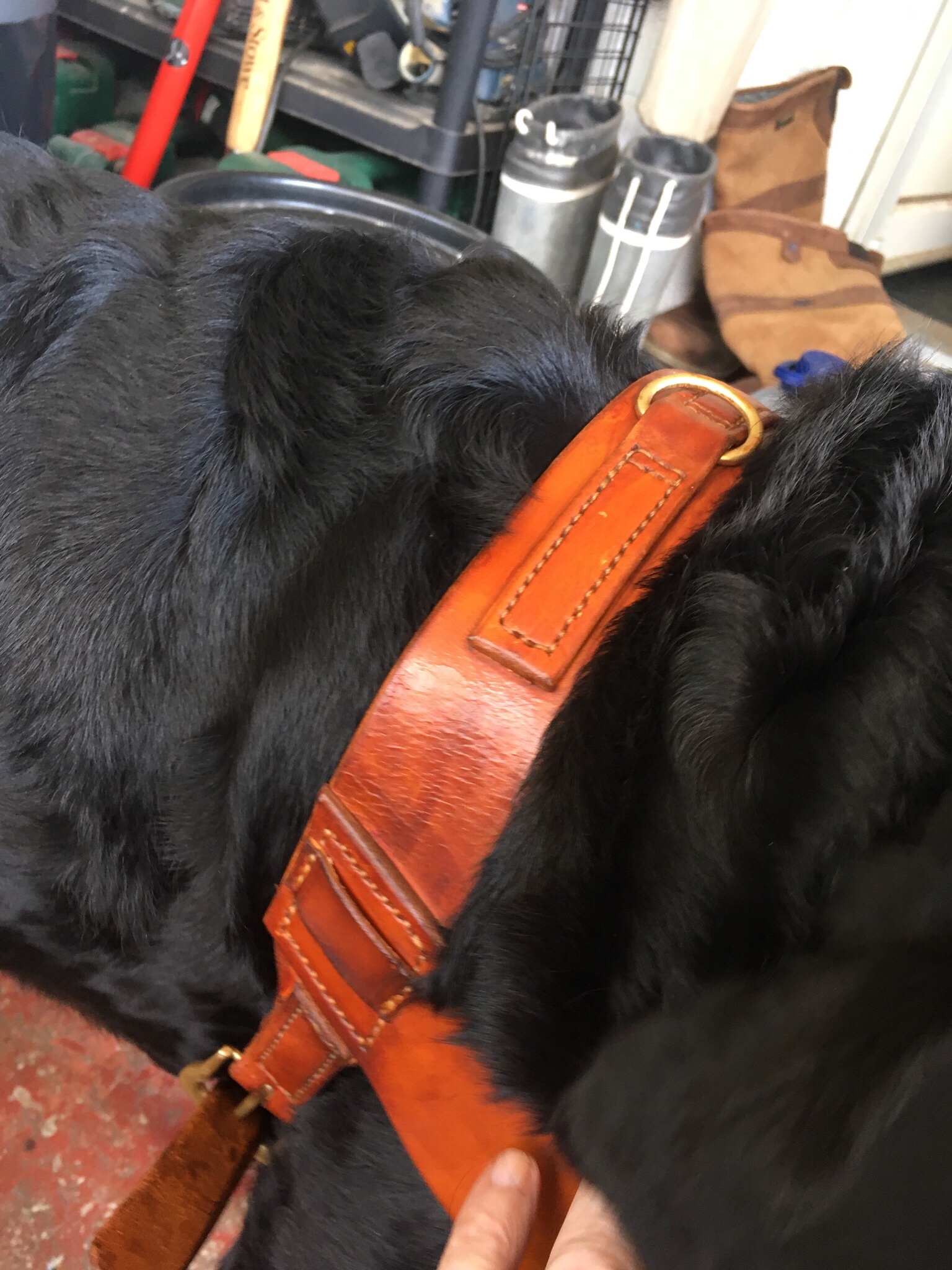
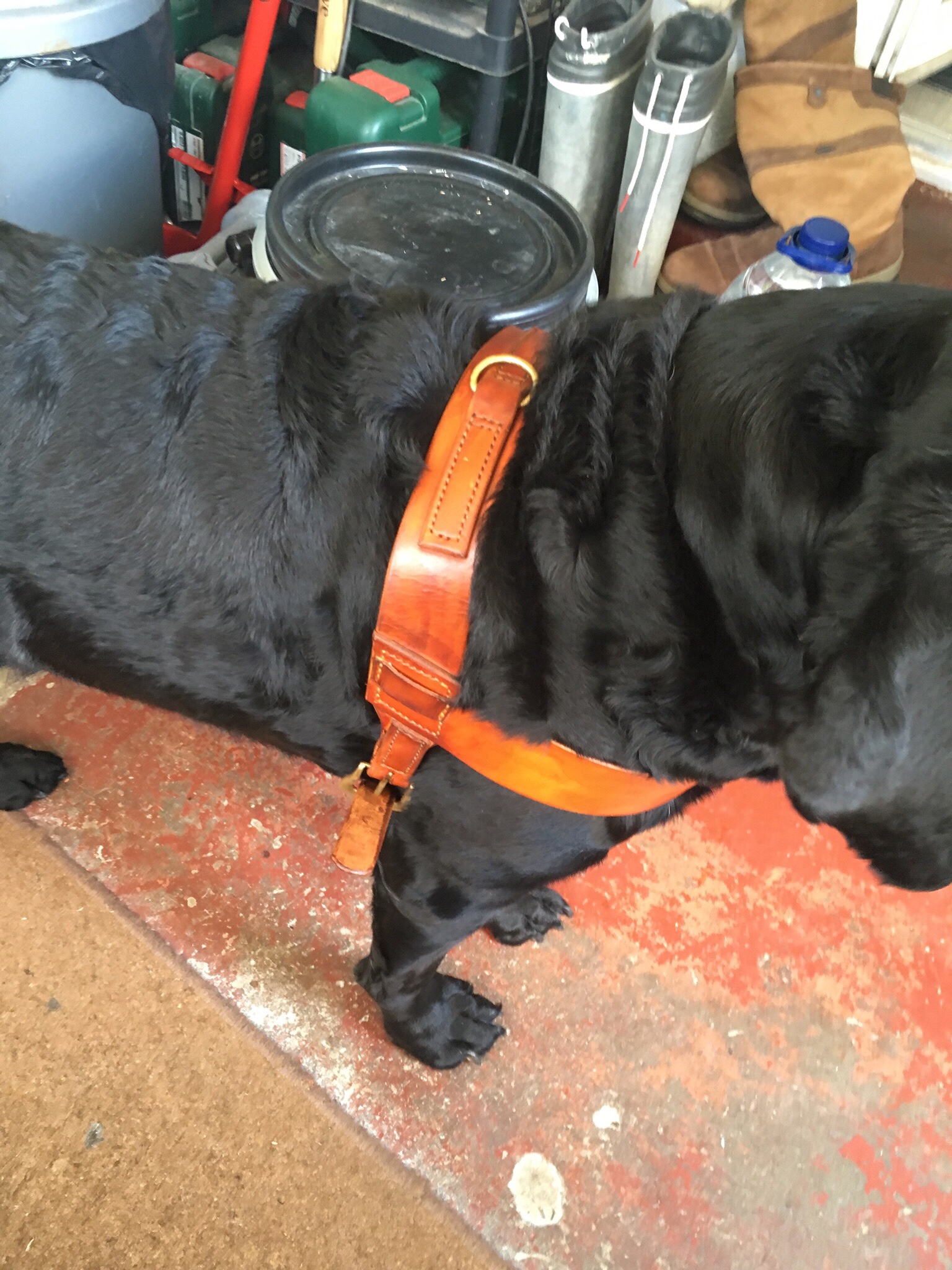
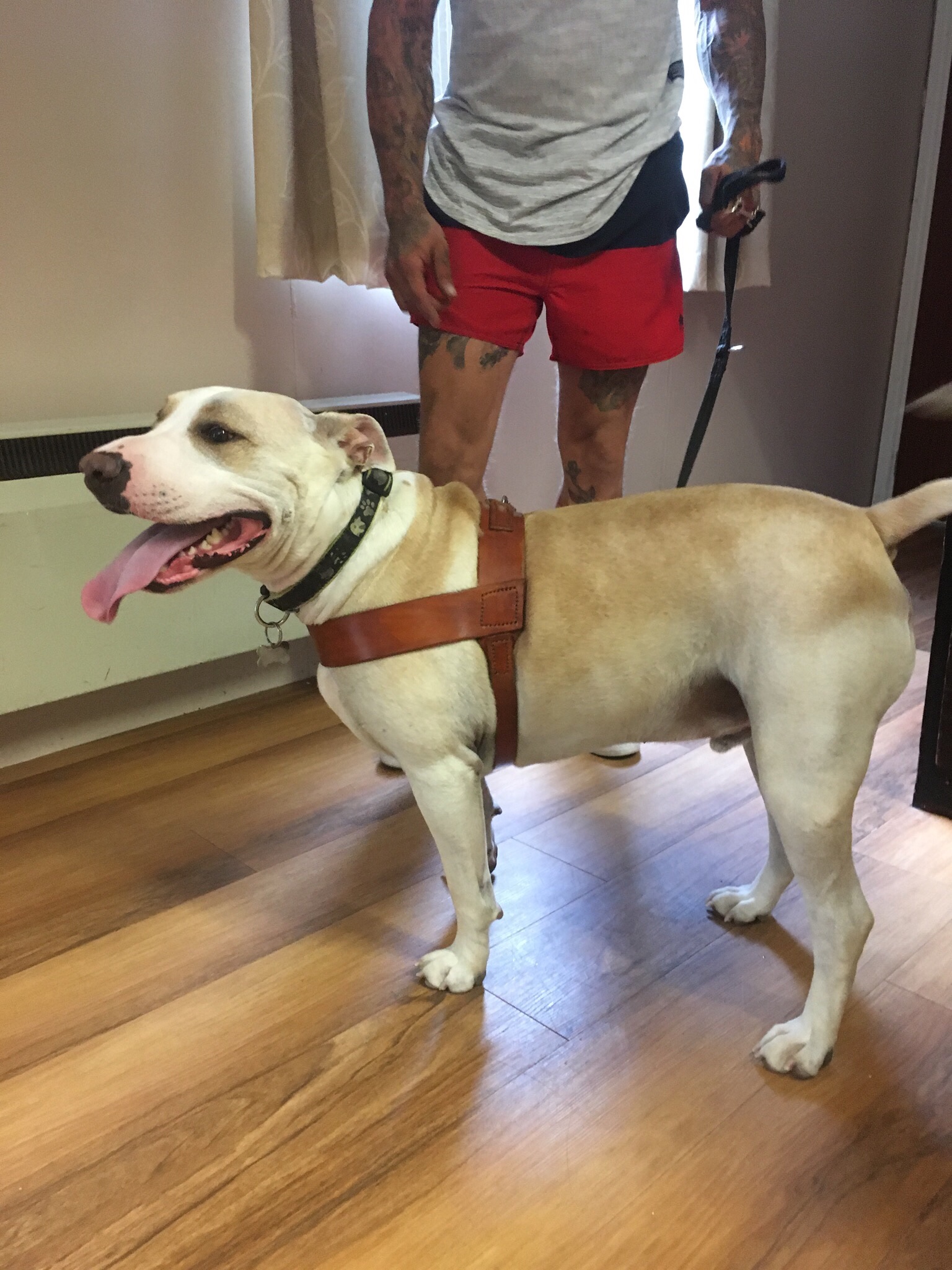
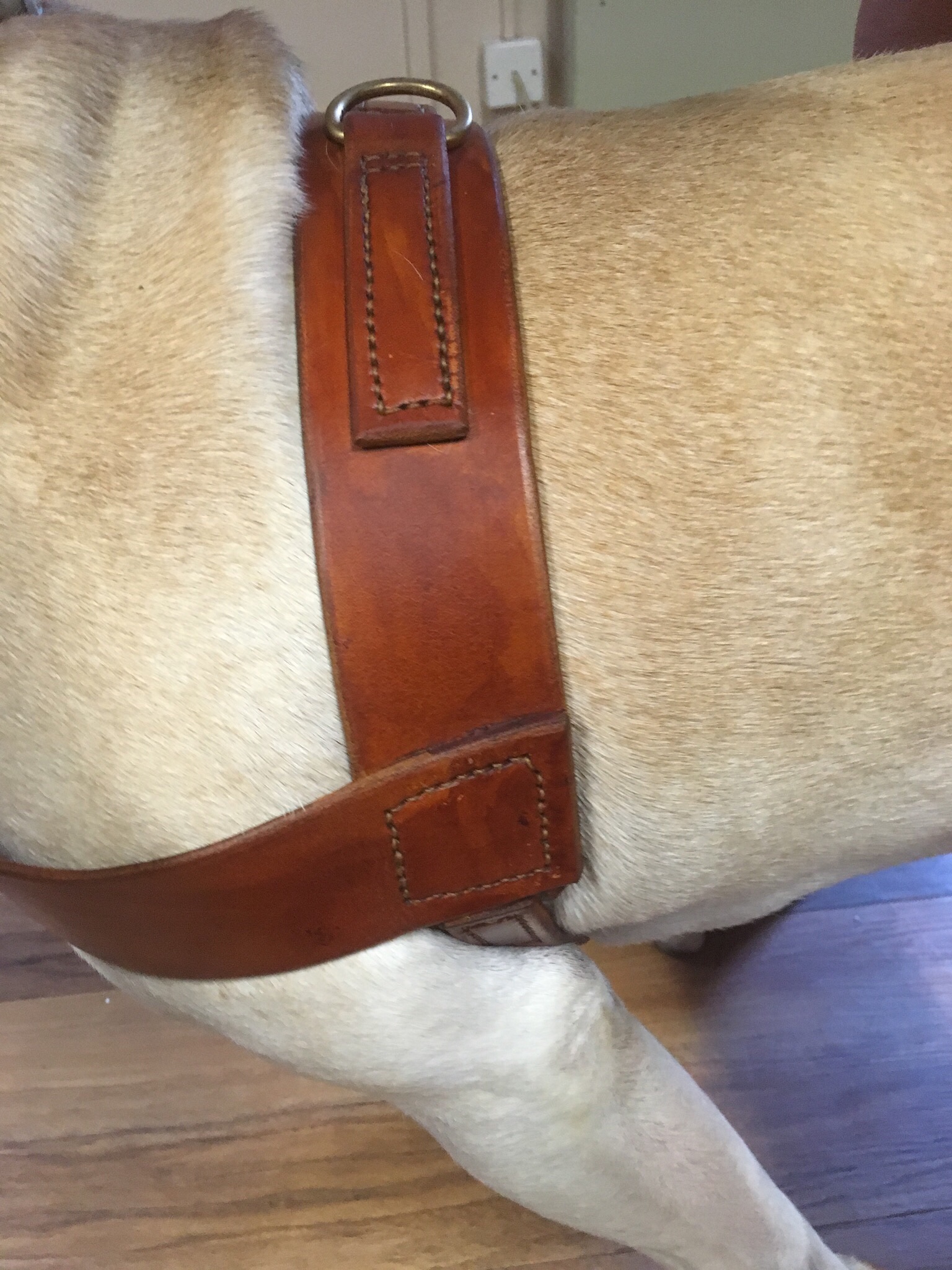
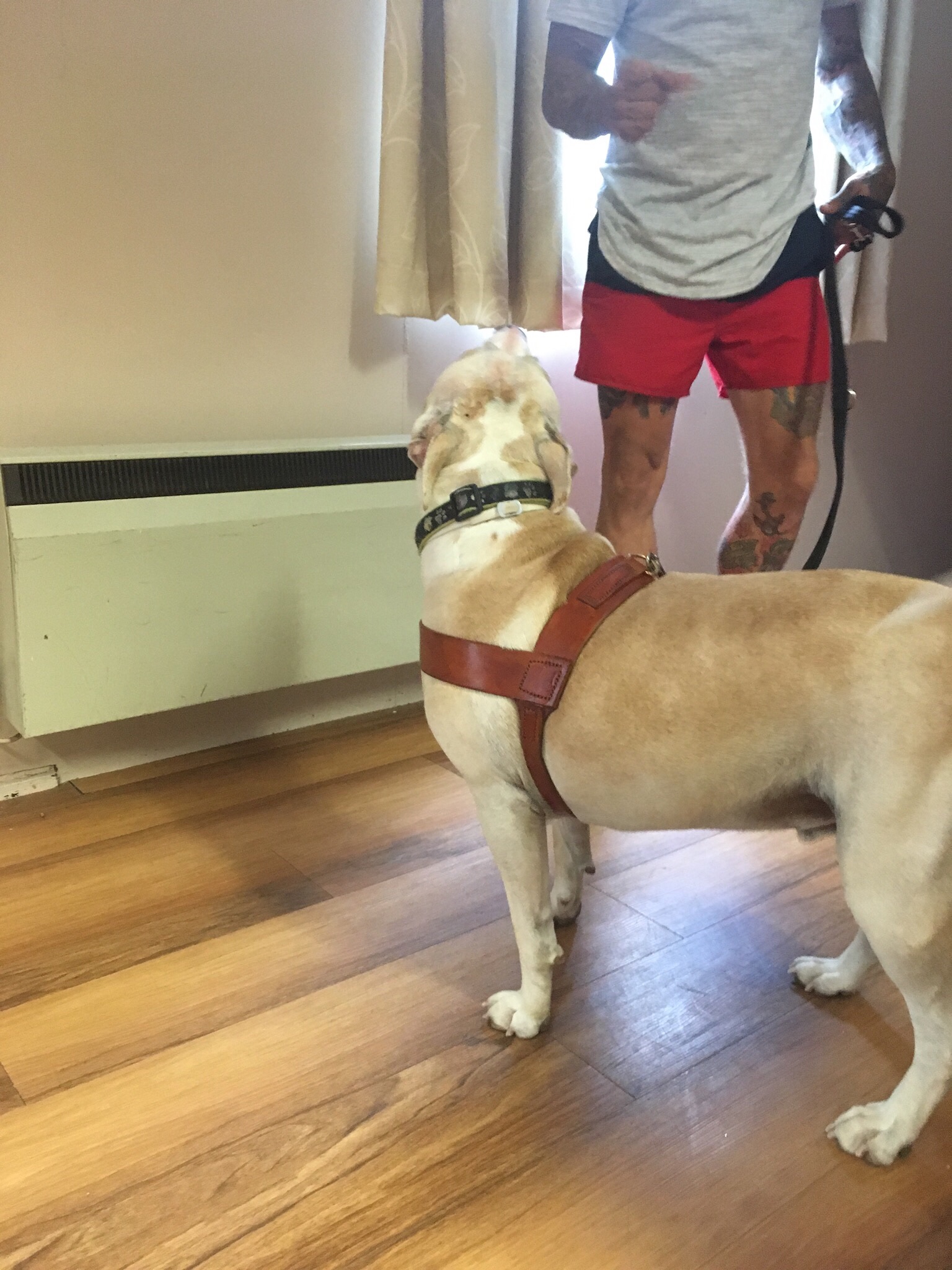
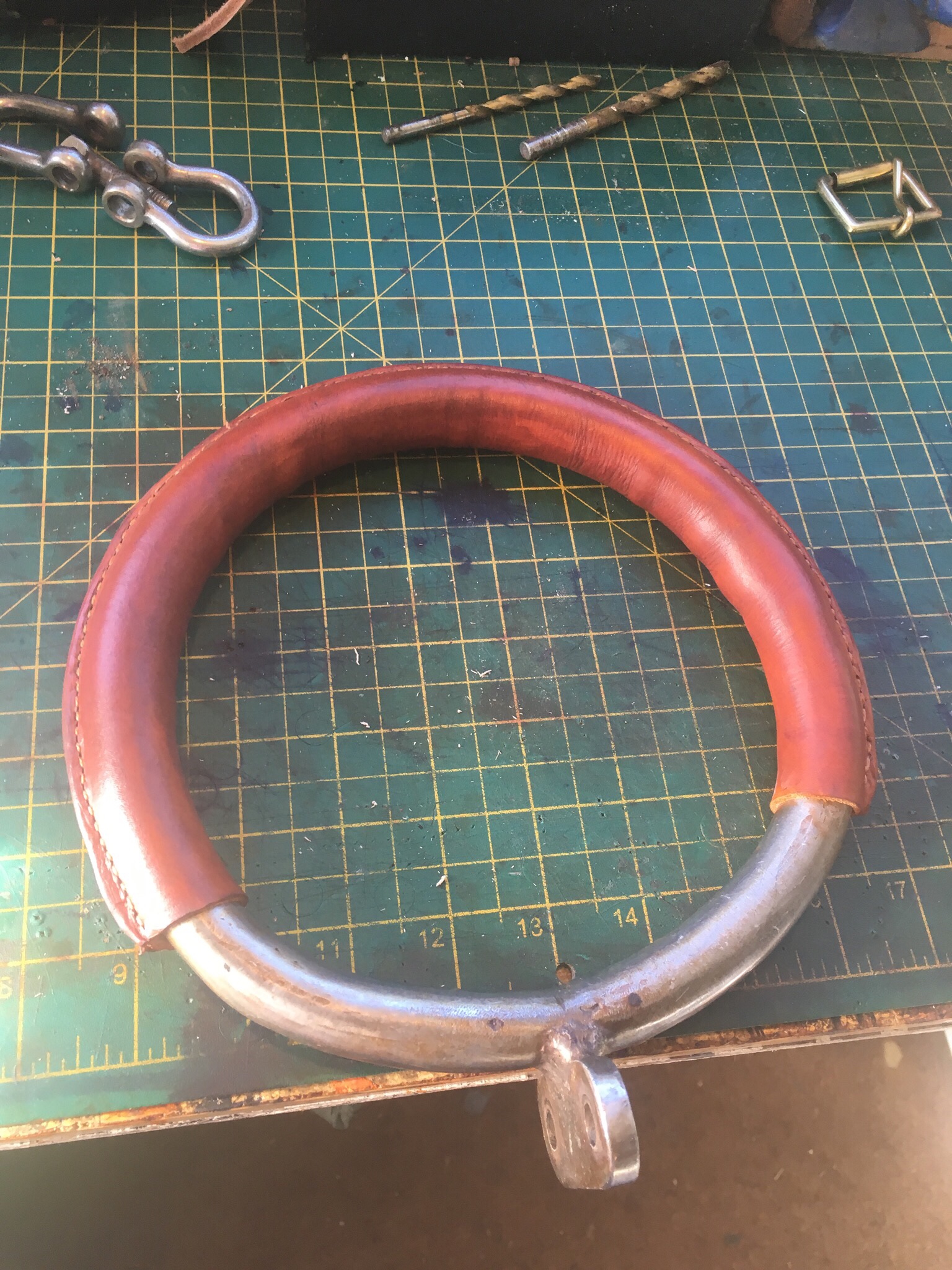
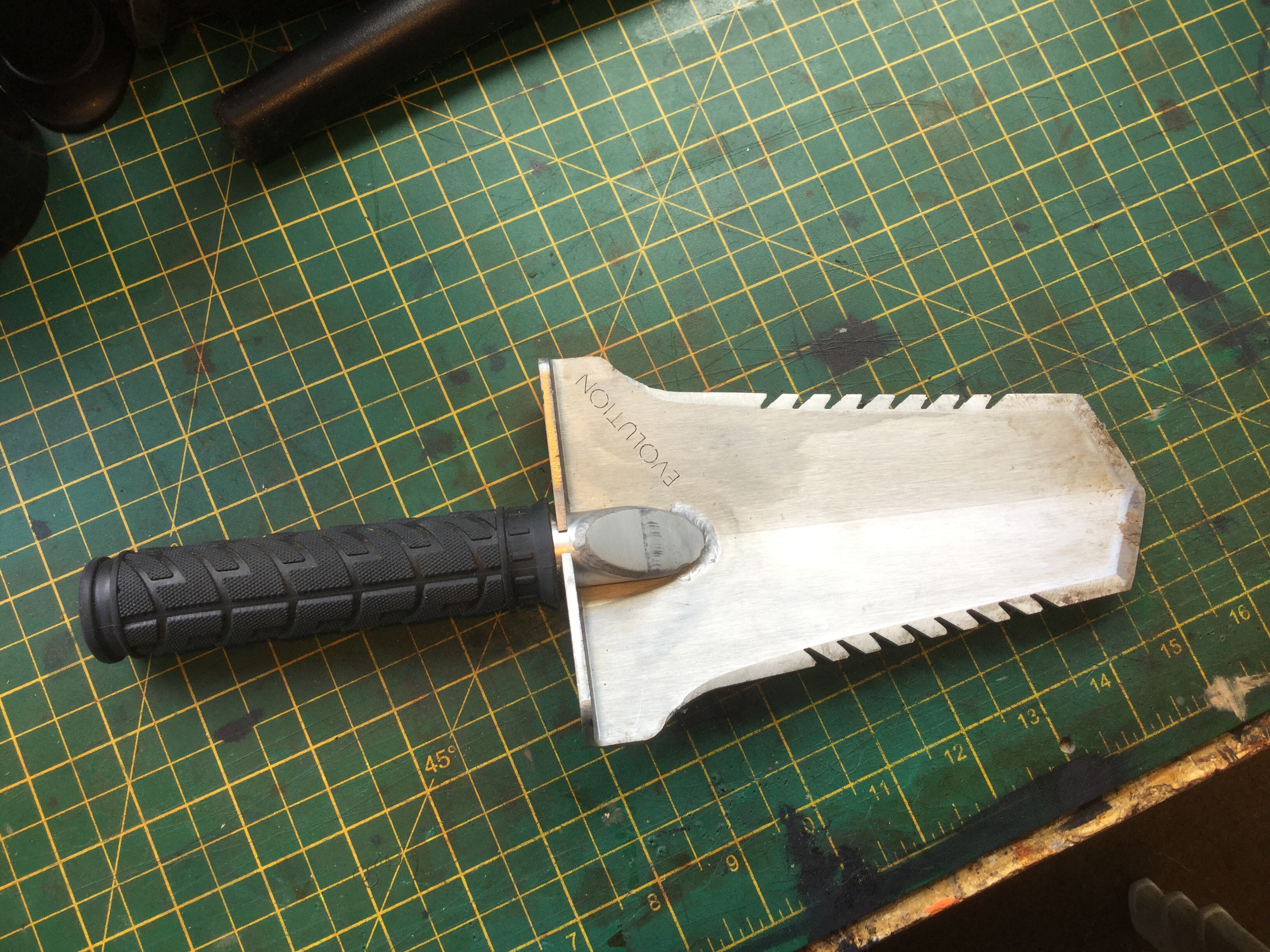
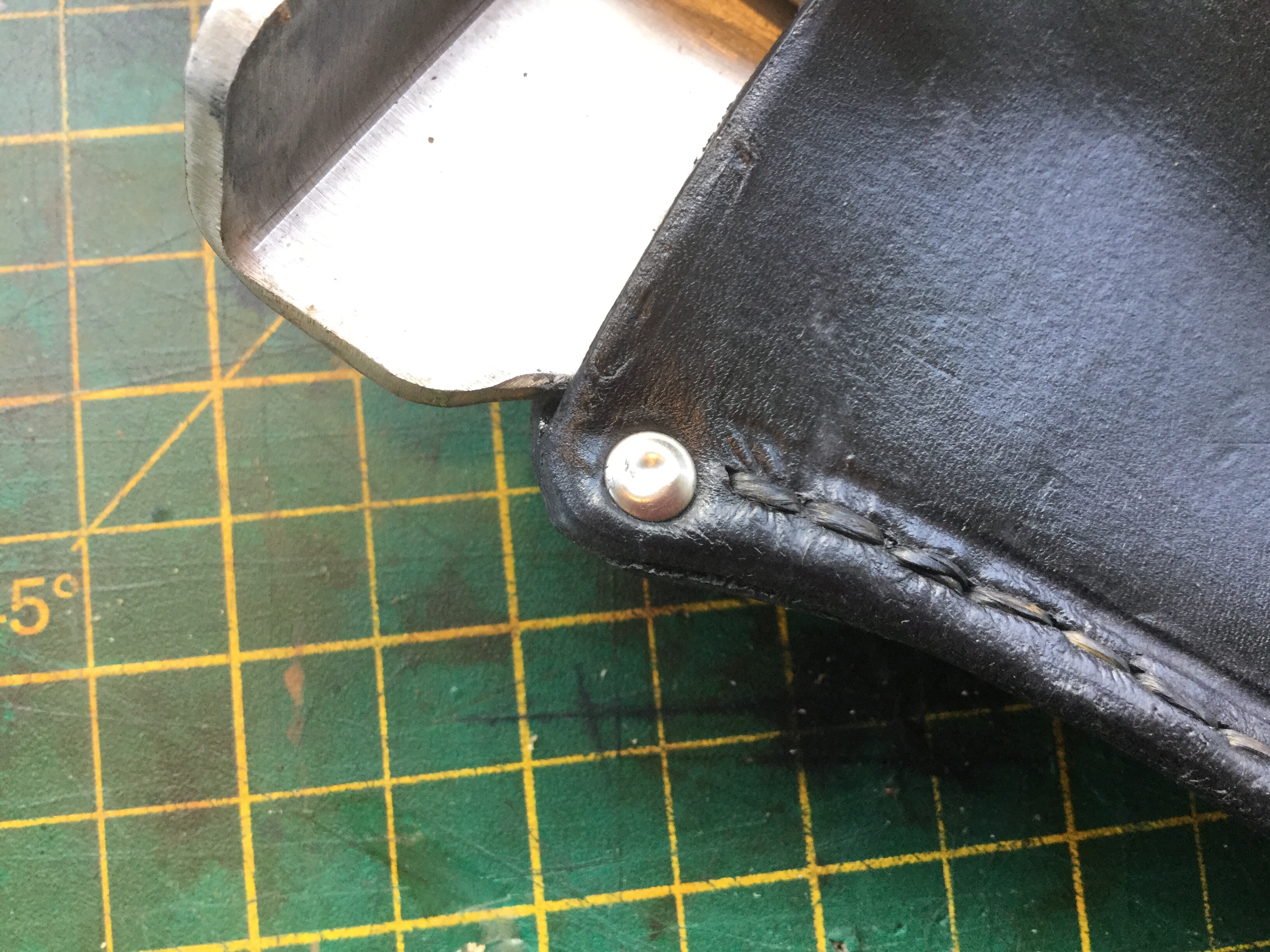
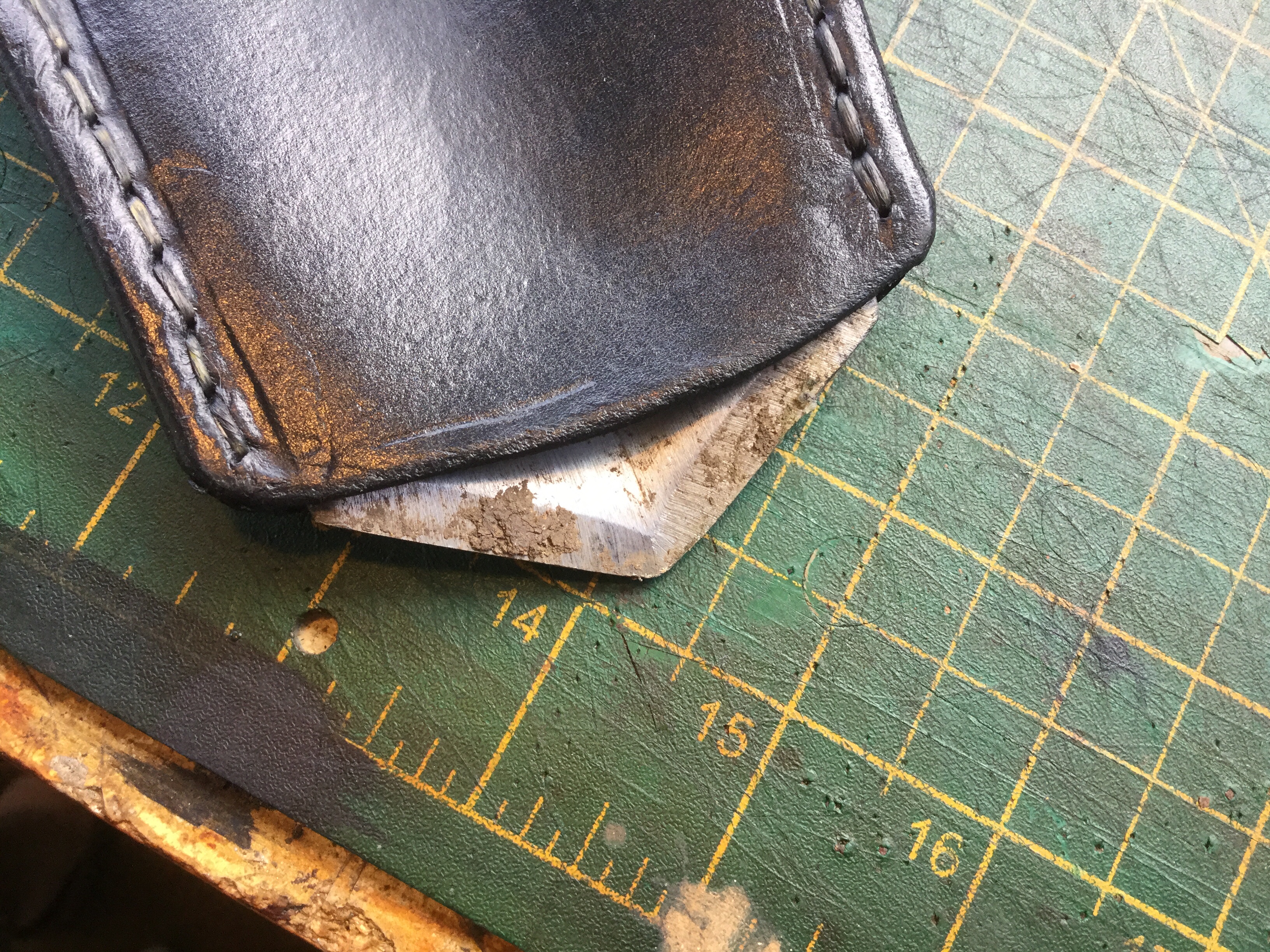
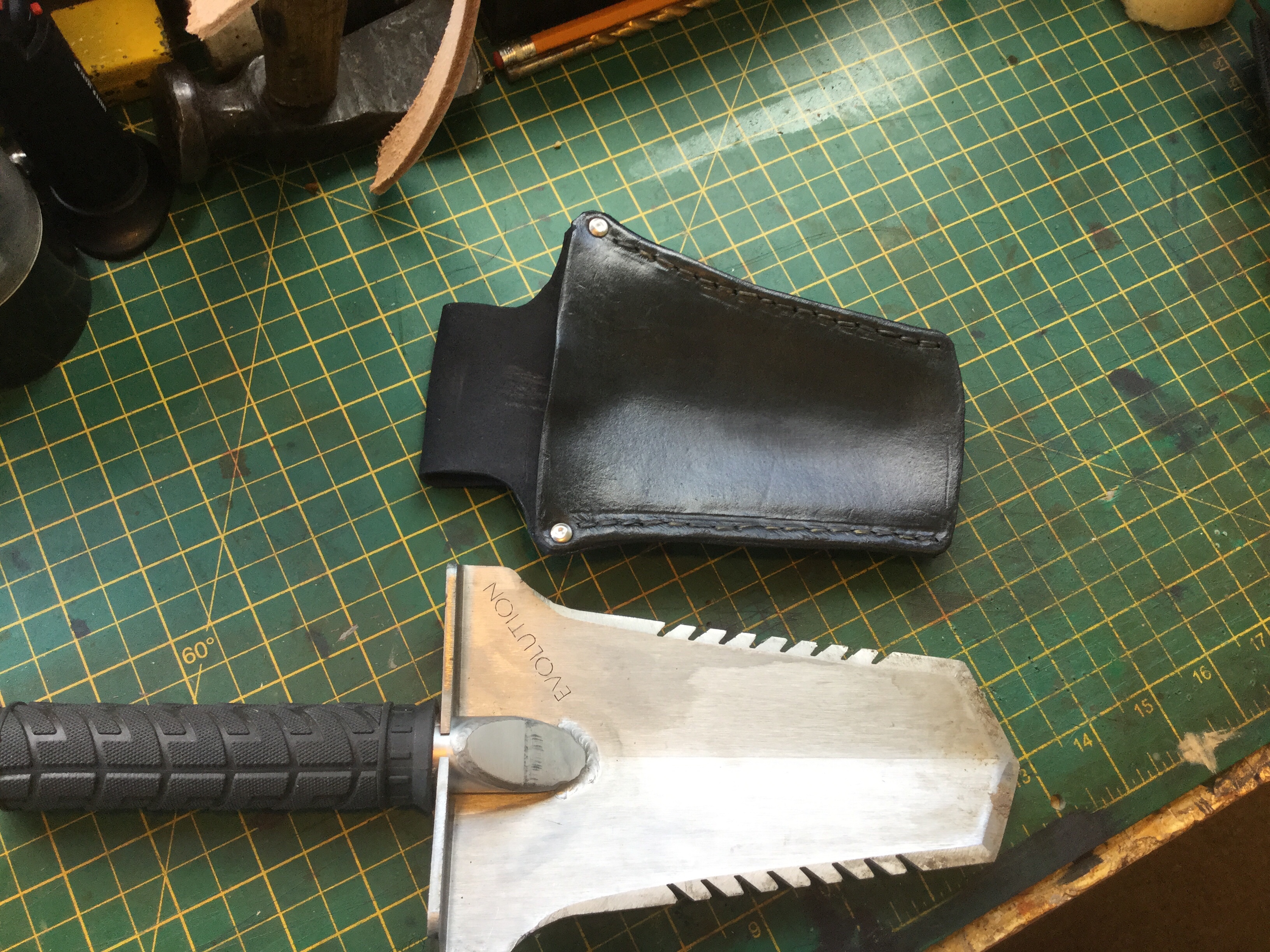
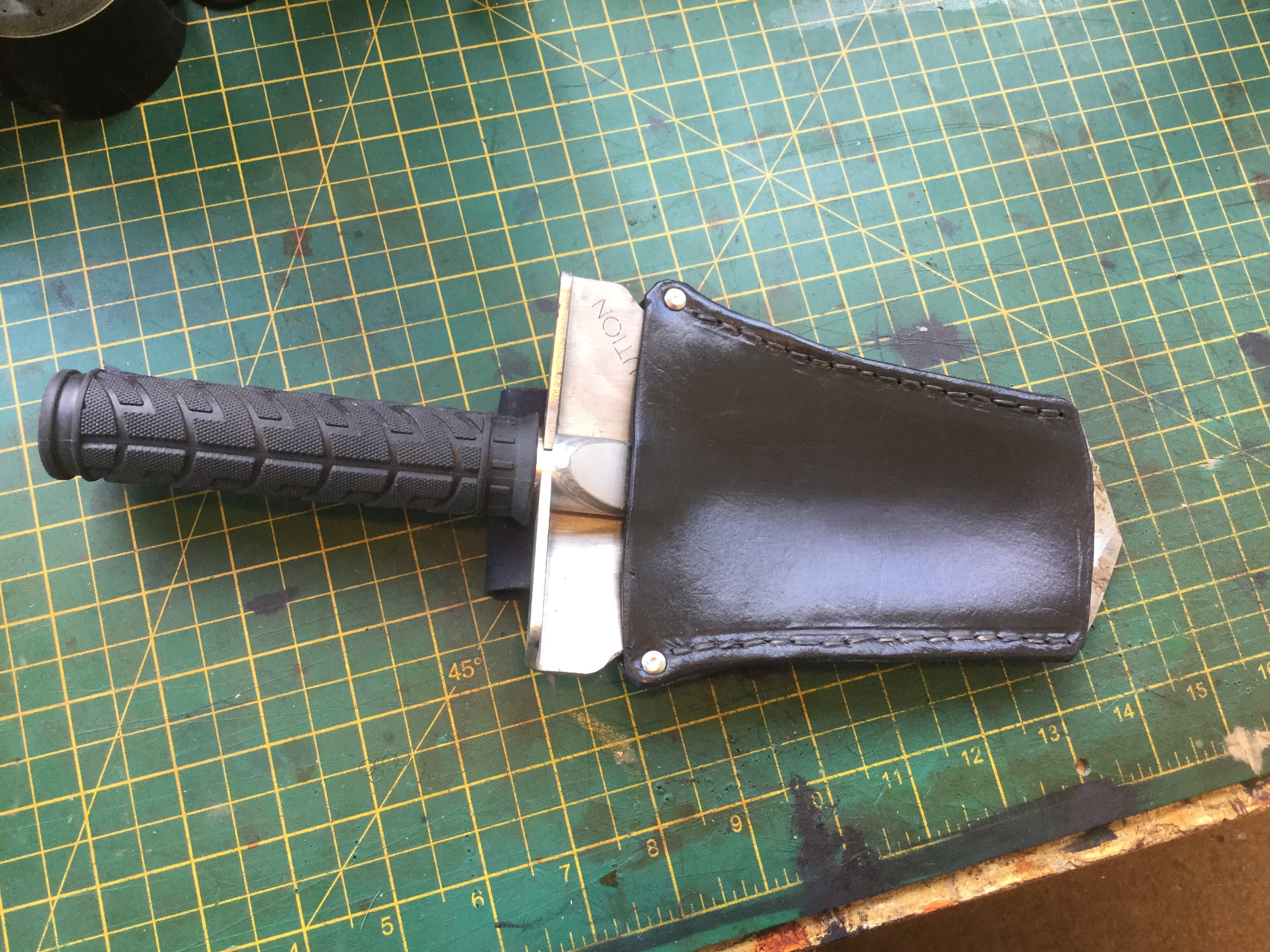
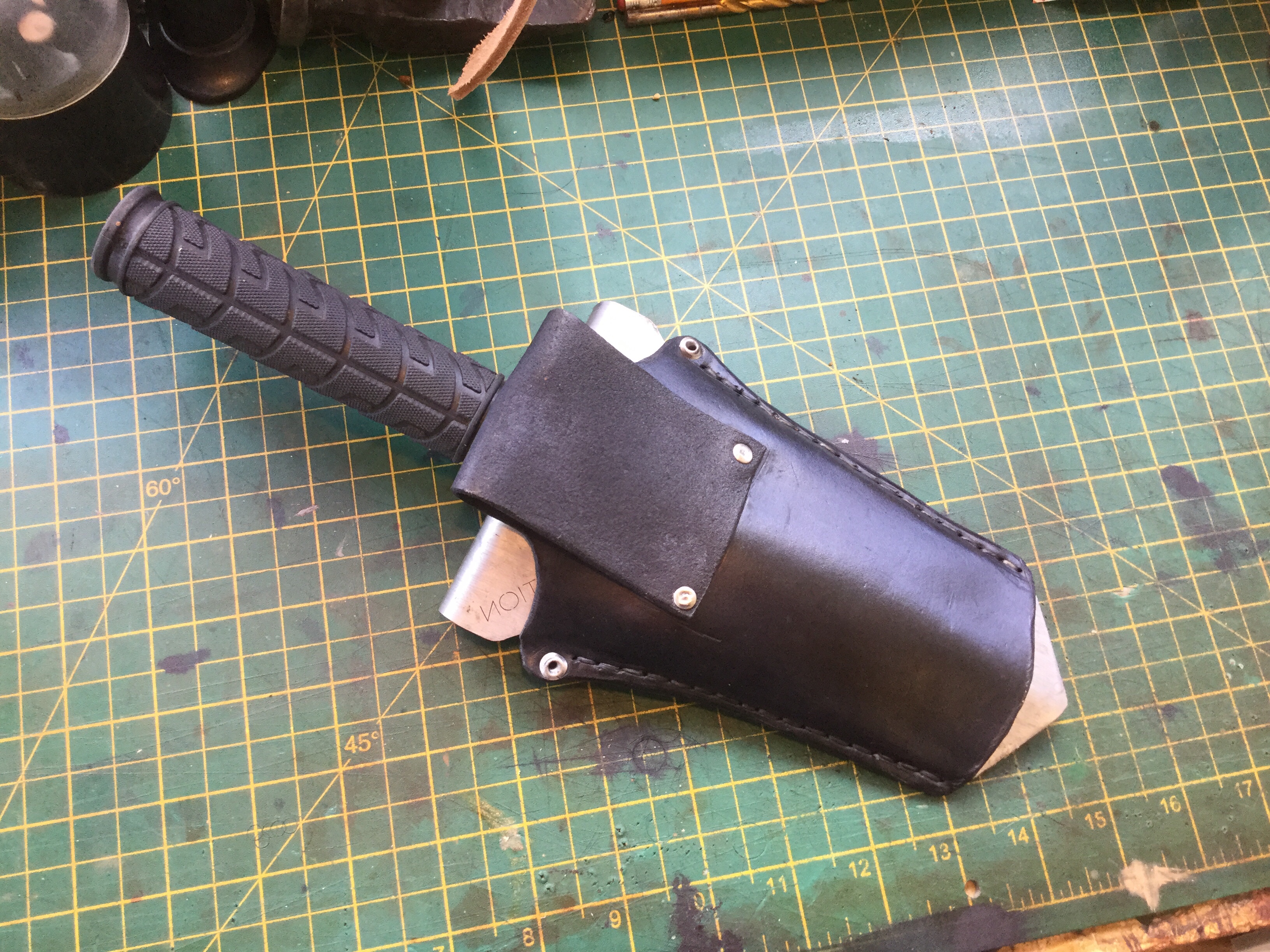
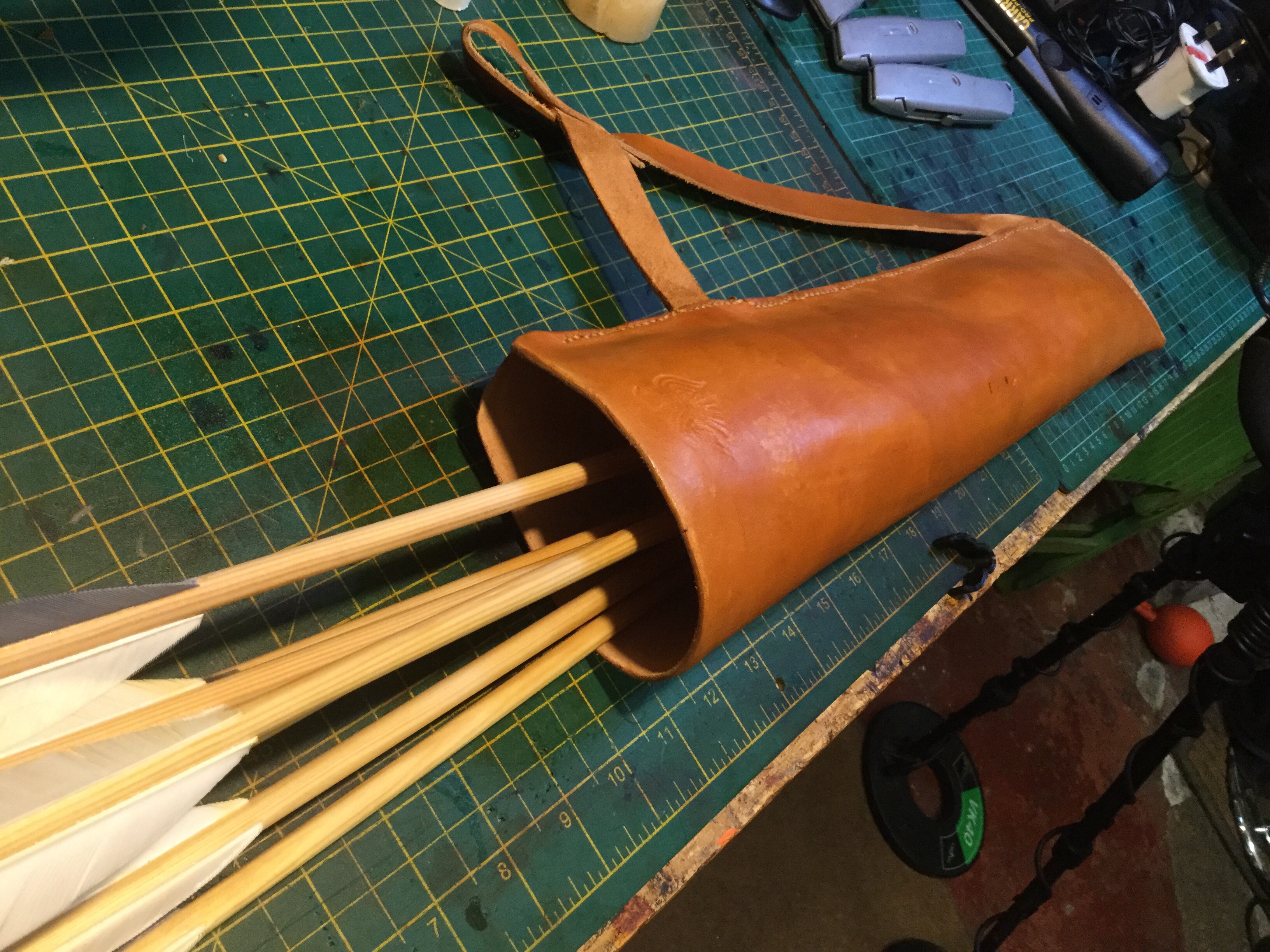
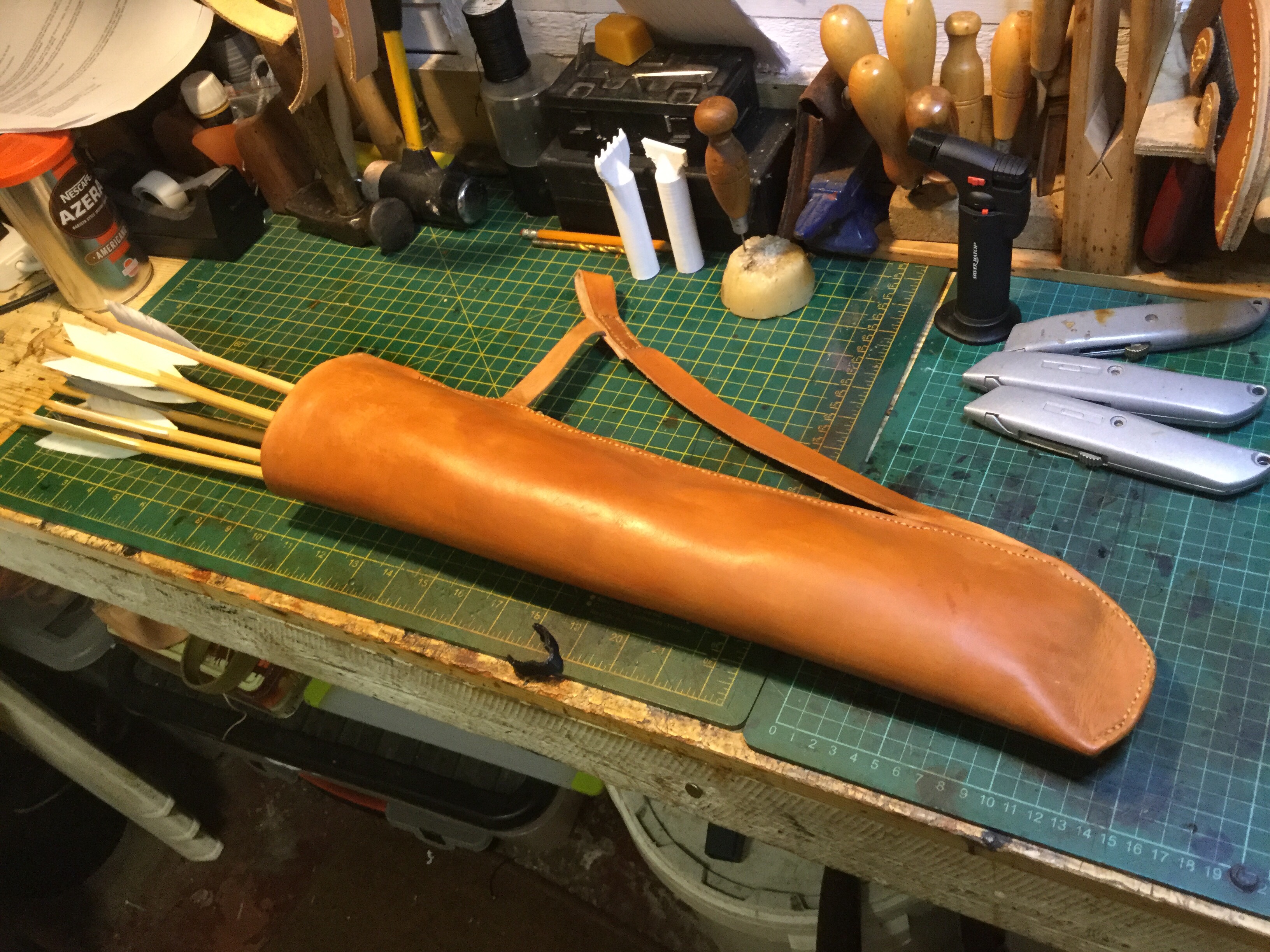
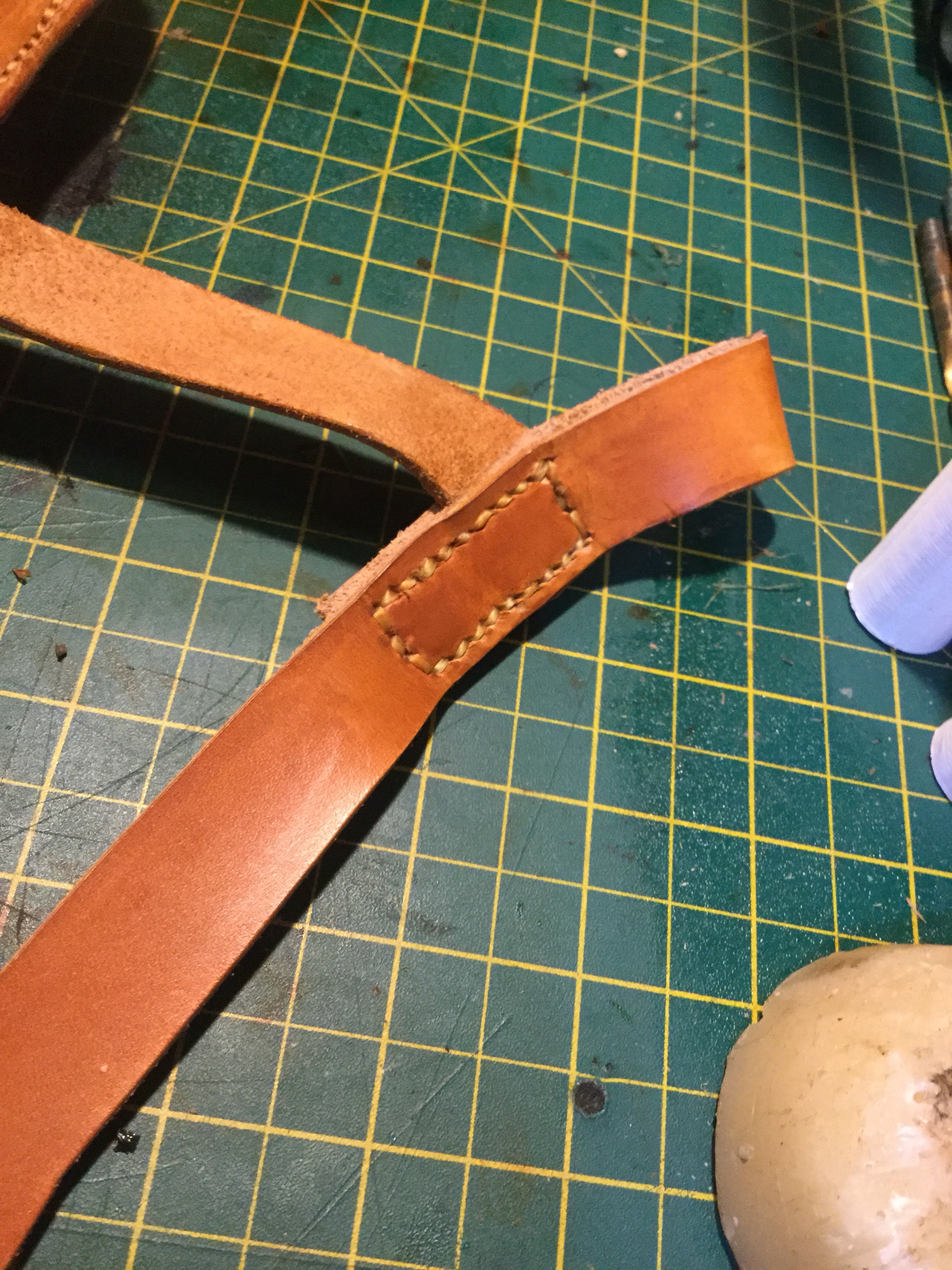
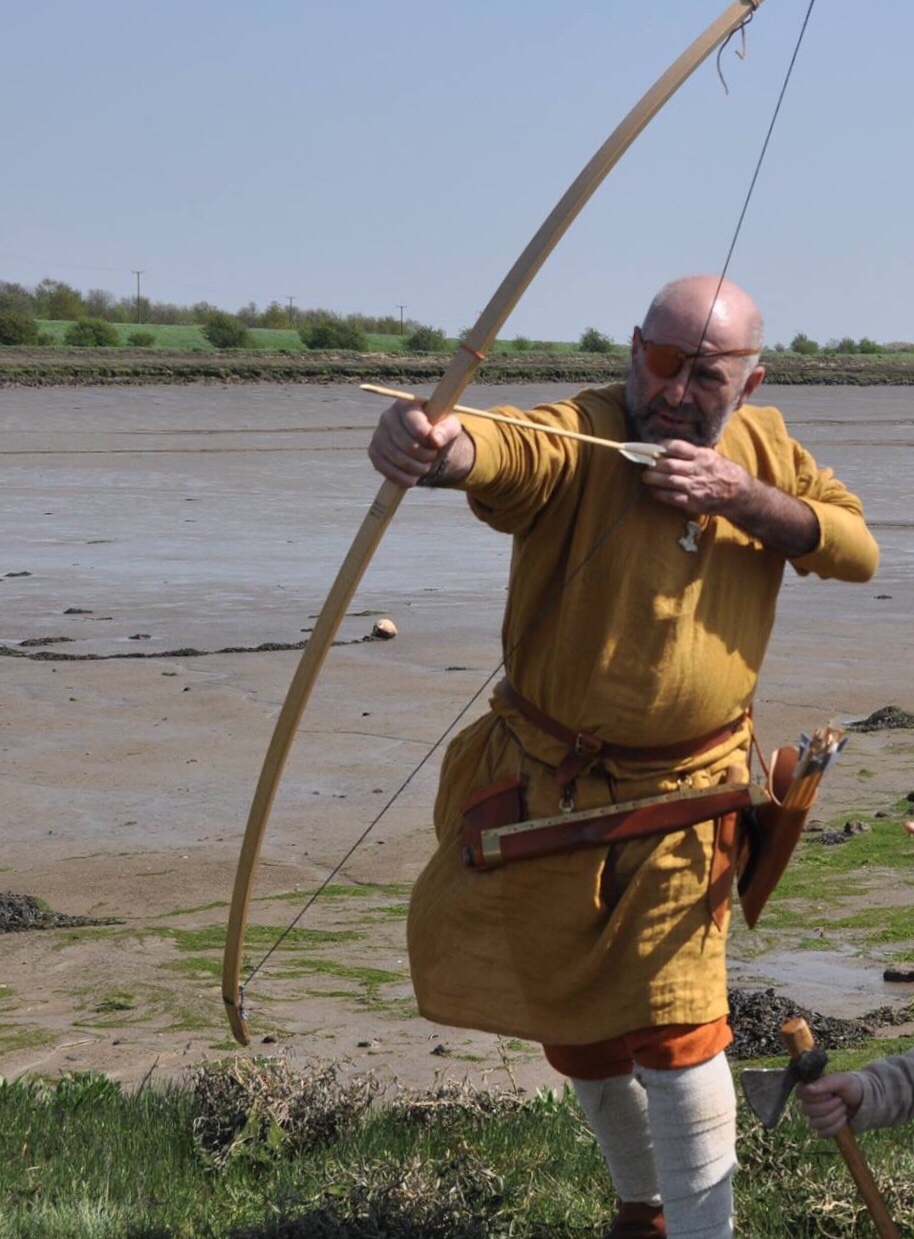
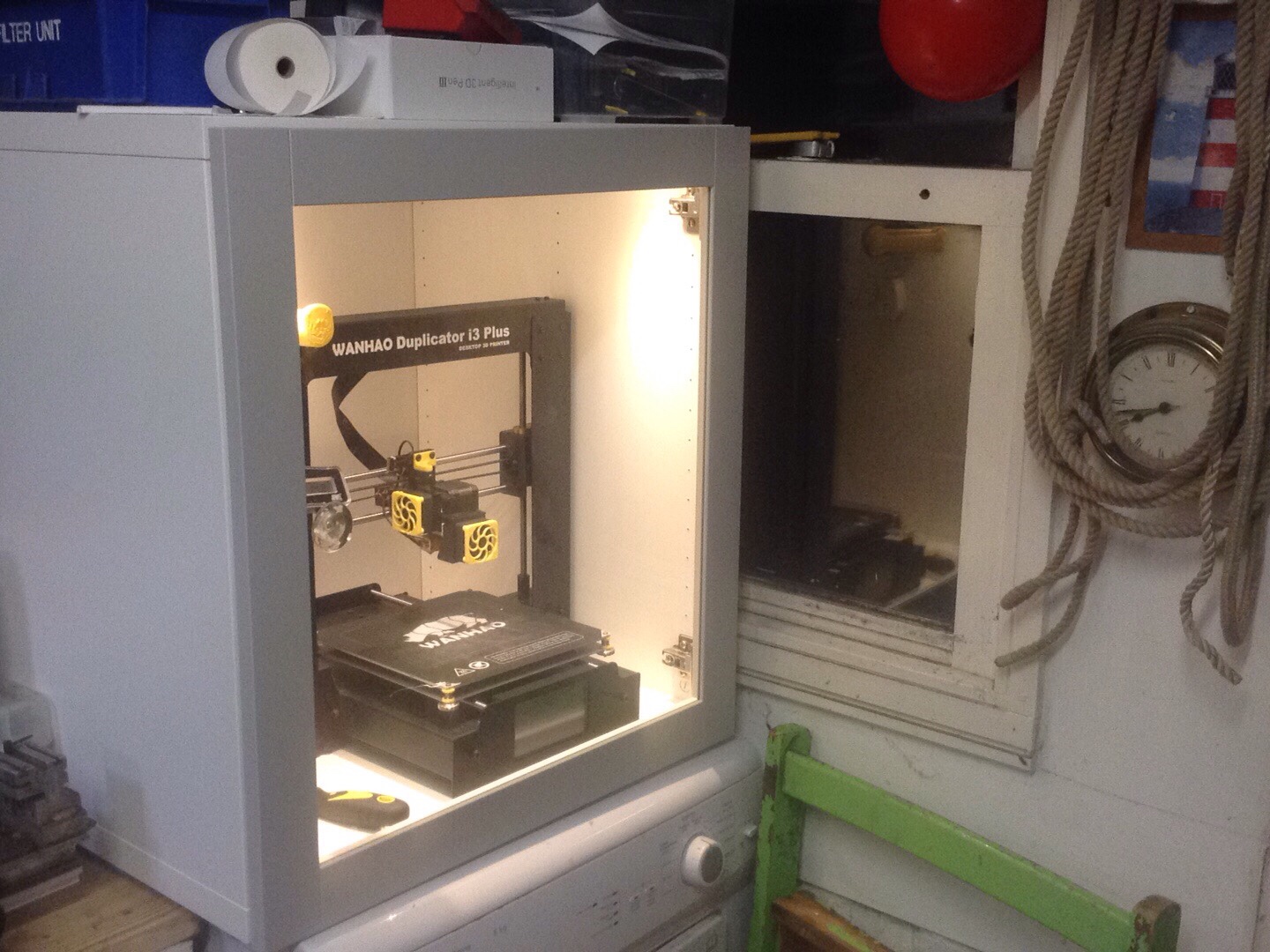
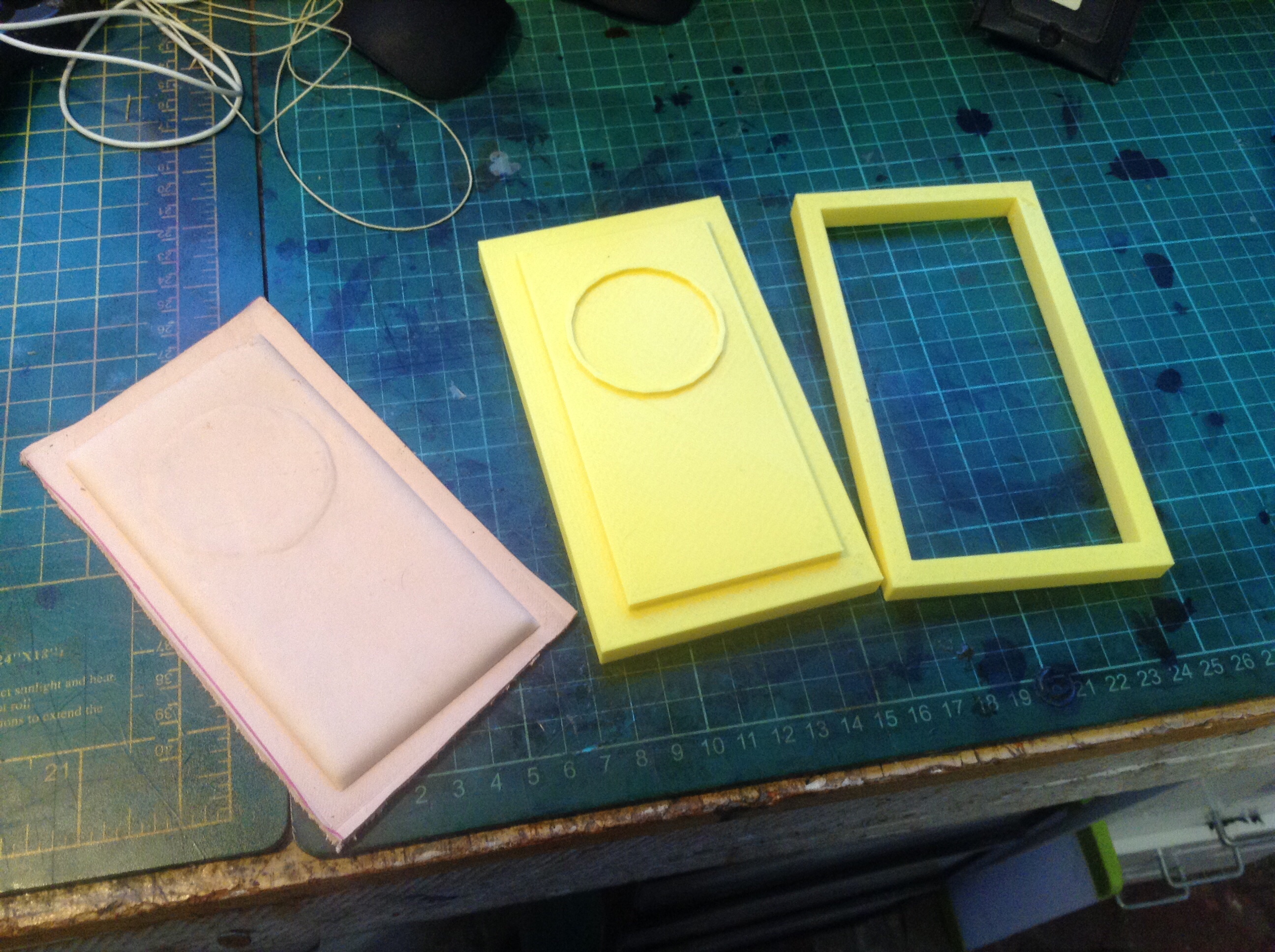
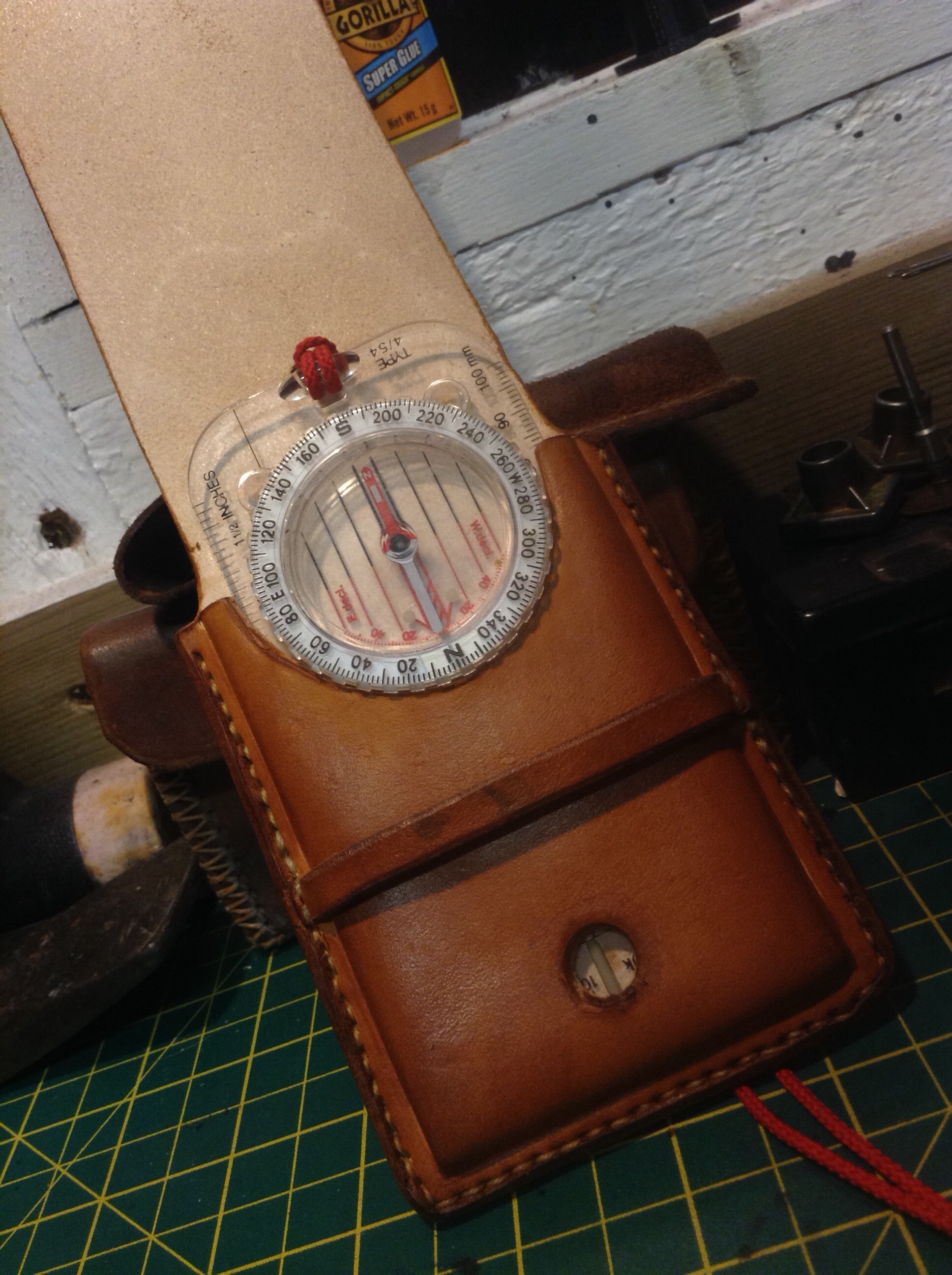 perfect fit, time after time 👍😄
perfect fit, time after time 👍😄